NextGen Nepal
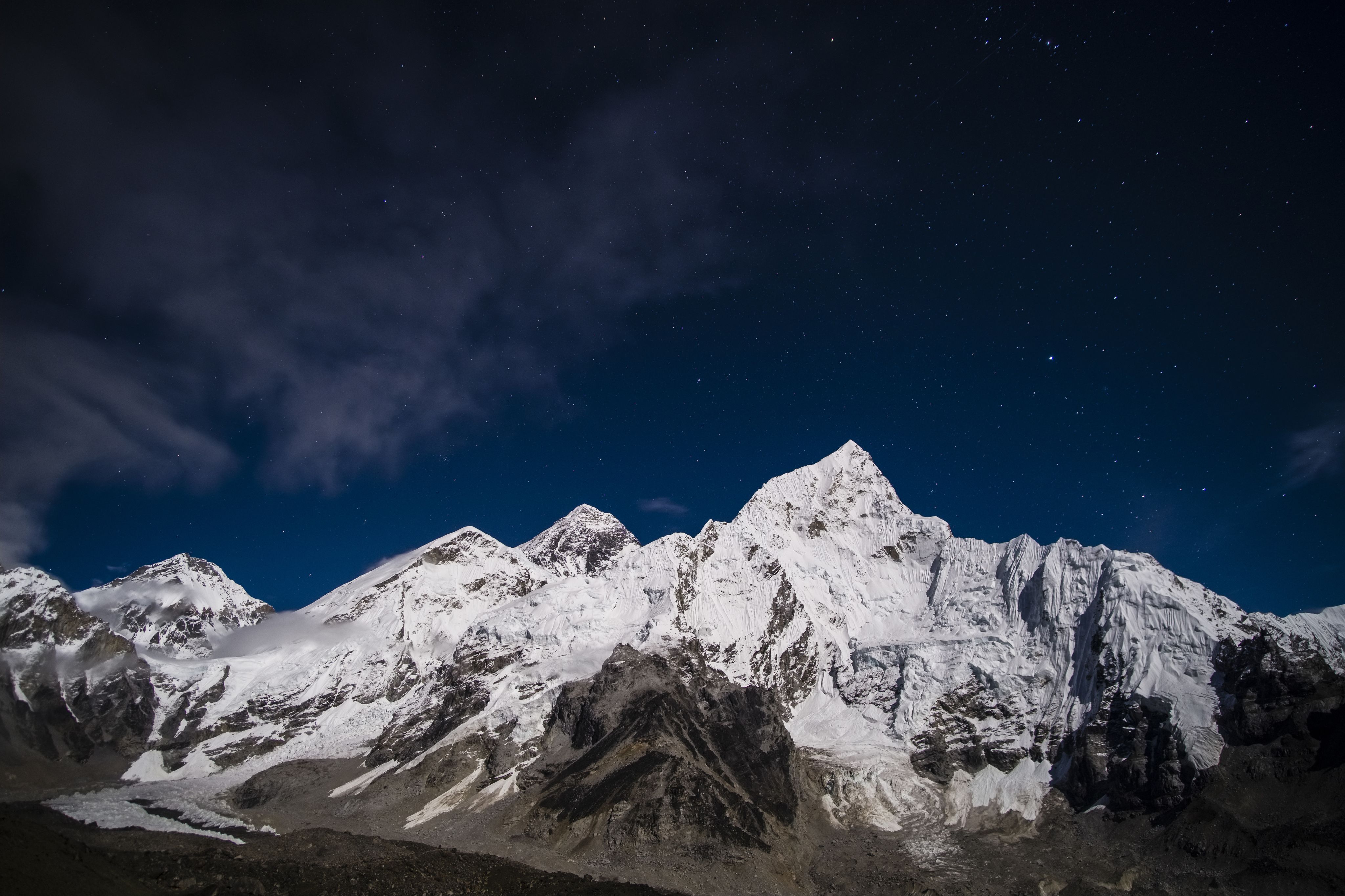
Seven teenagers from Nepal share their stories of the climate emergency as part of the Mirror's NextGen International project
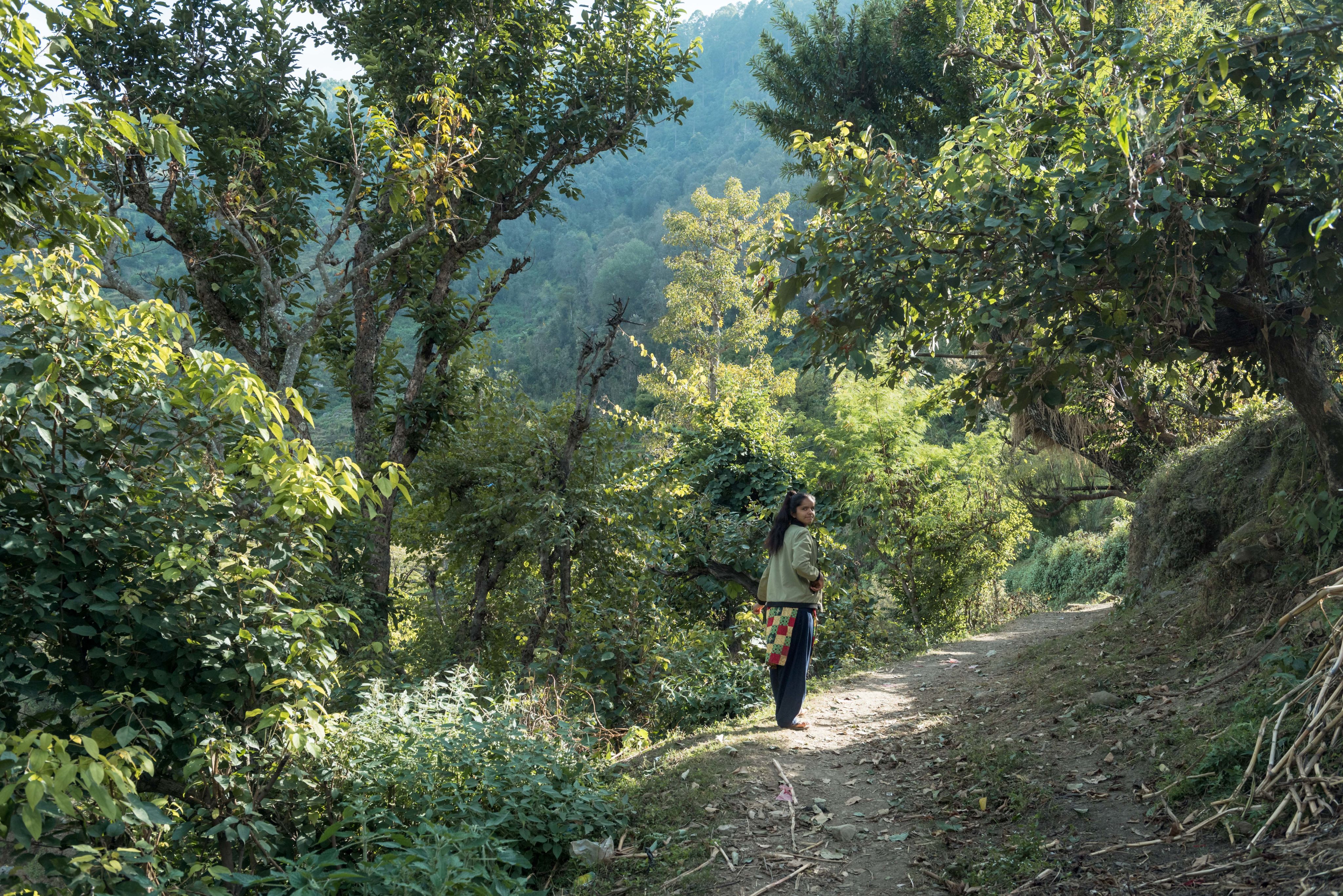
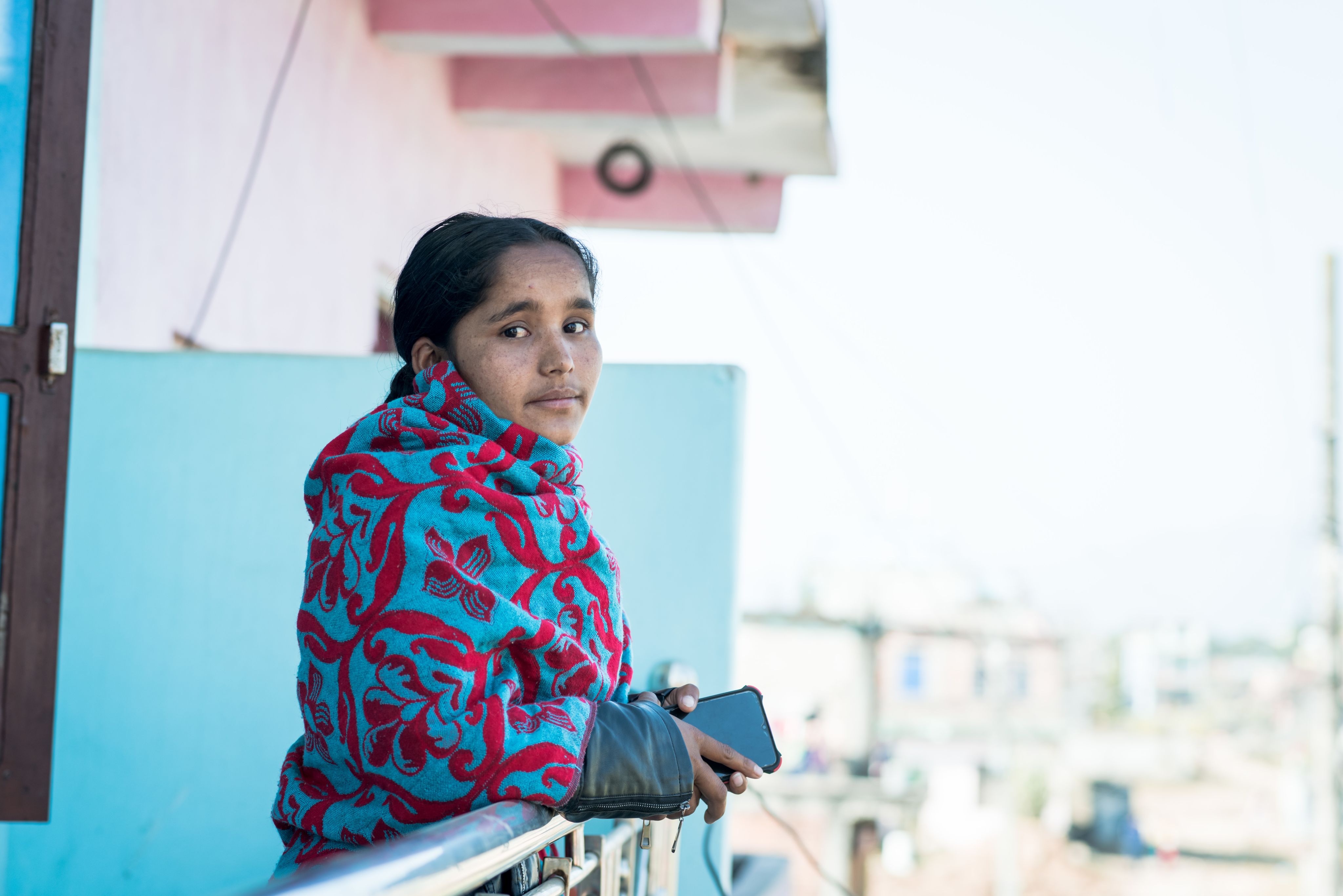


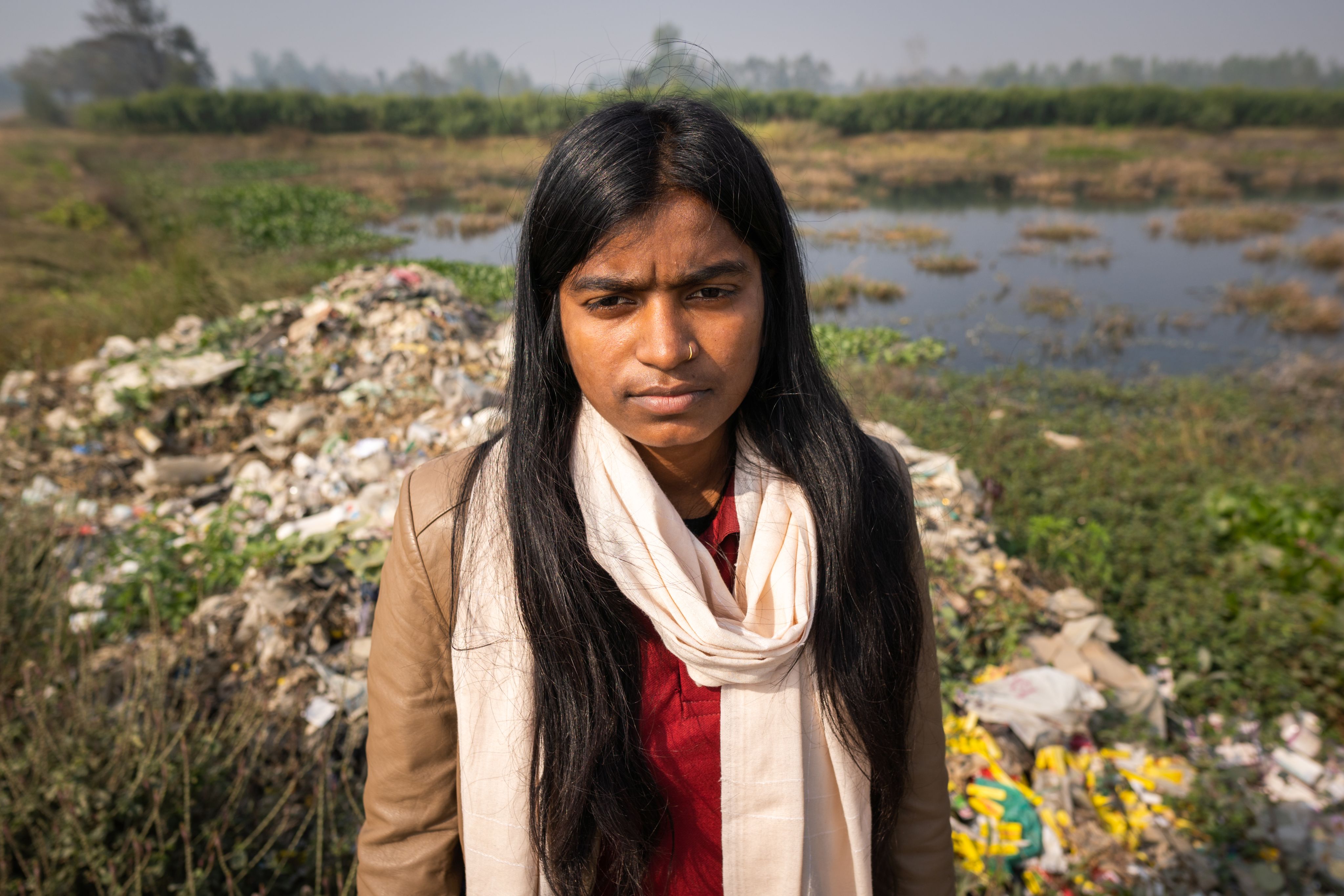
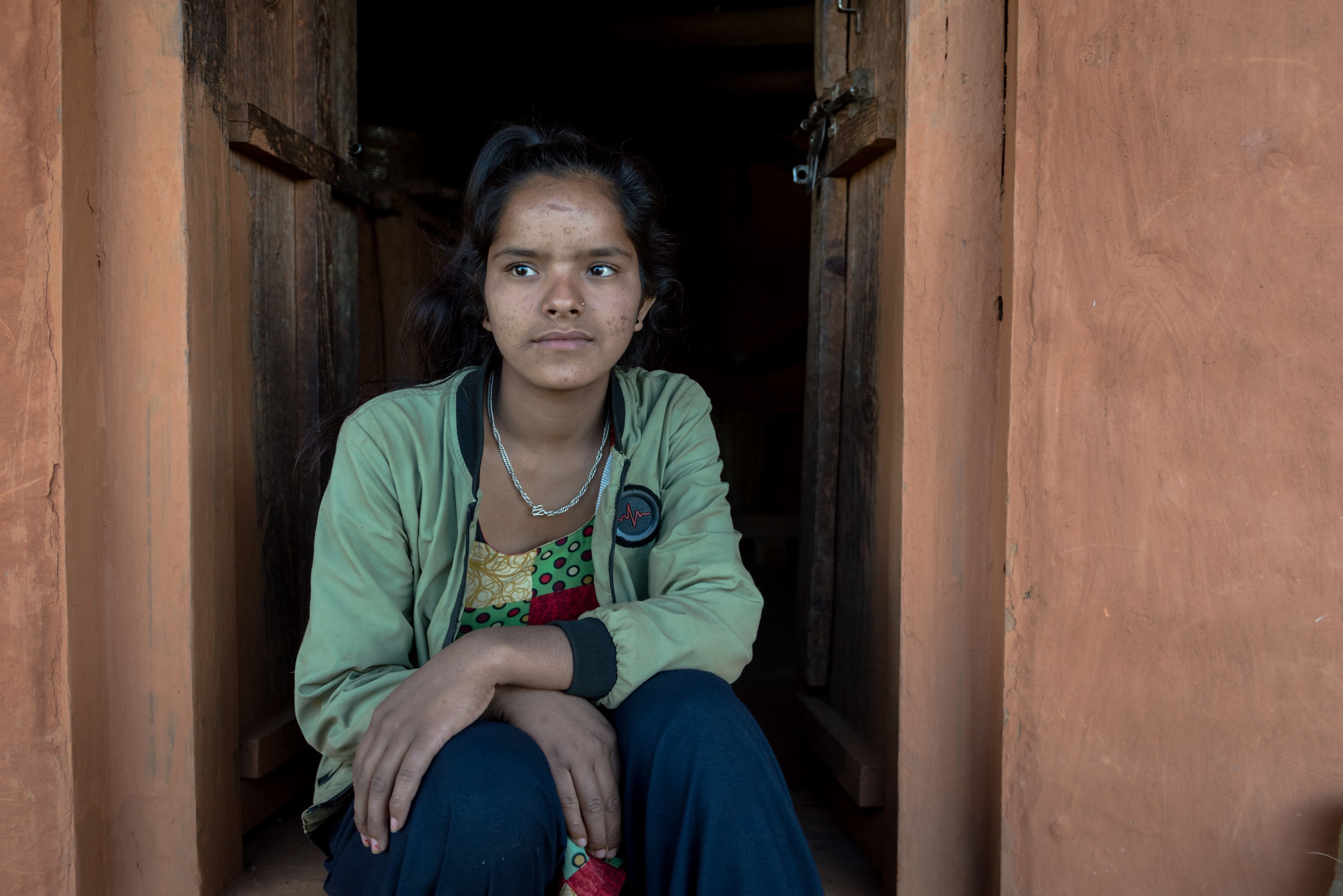

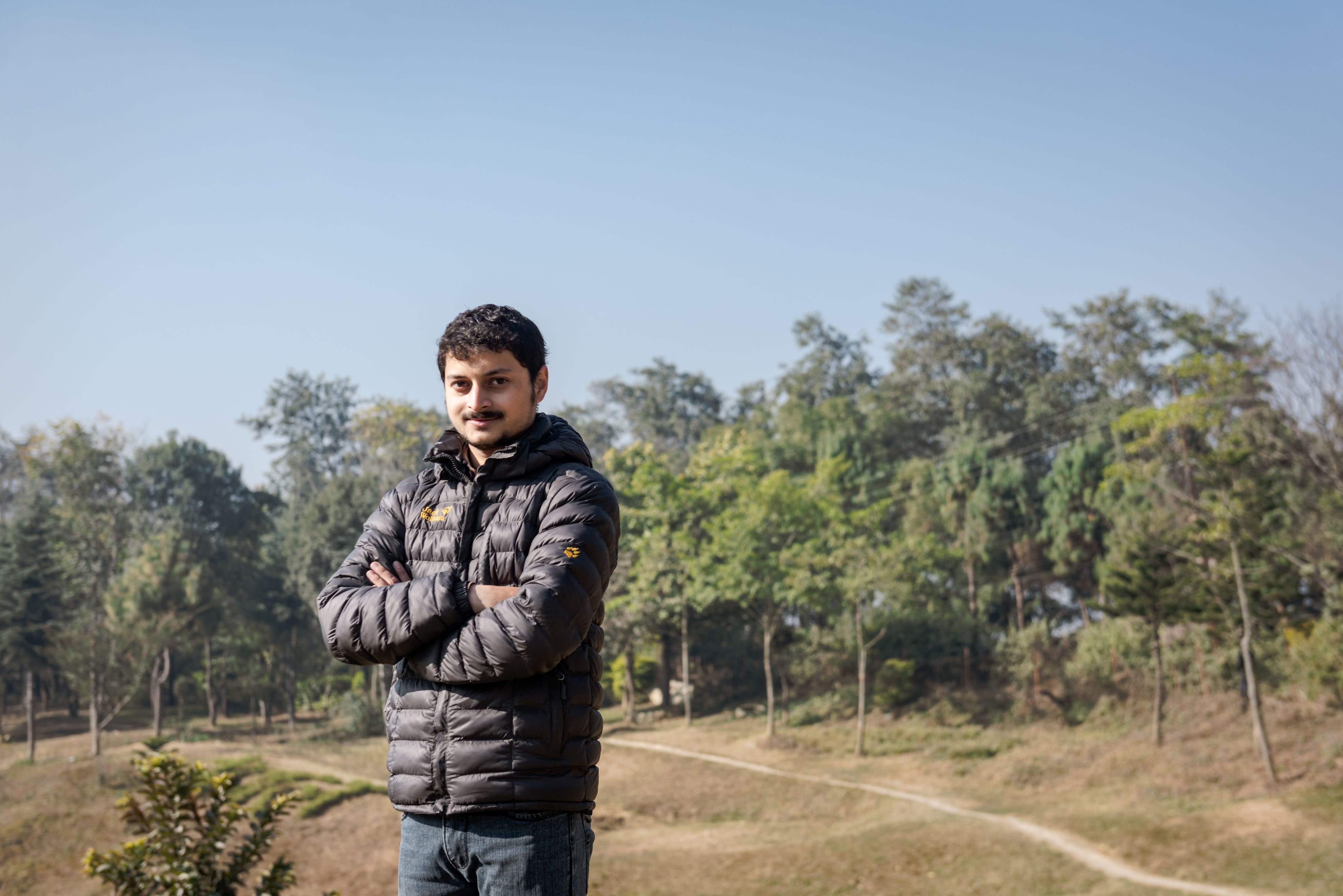

Sangita, 16
Sangita, 16

Anushka, 15
Anushka, 15

Bir, 17
Bir, 17

Ansu, 18
Ansu, 18

Rabina , 17
Rabina , 17

Ashmi , 15
Ashmi , 15

Diwakar , 19
Diwakar , 19
Sherpas sound the alarm on Everest's melting glaciers
By by Ashmi, 15, and Diwakar, 19, in Kathmandu
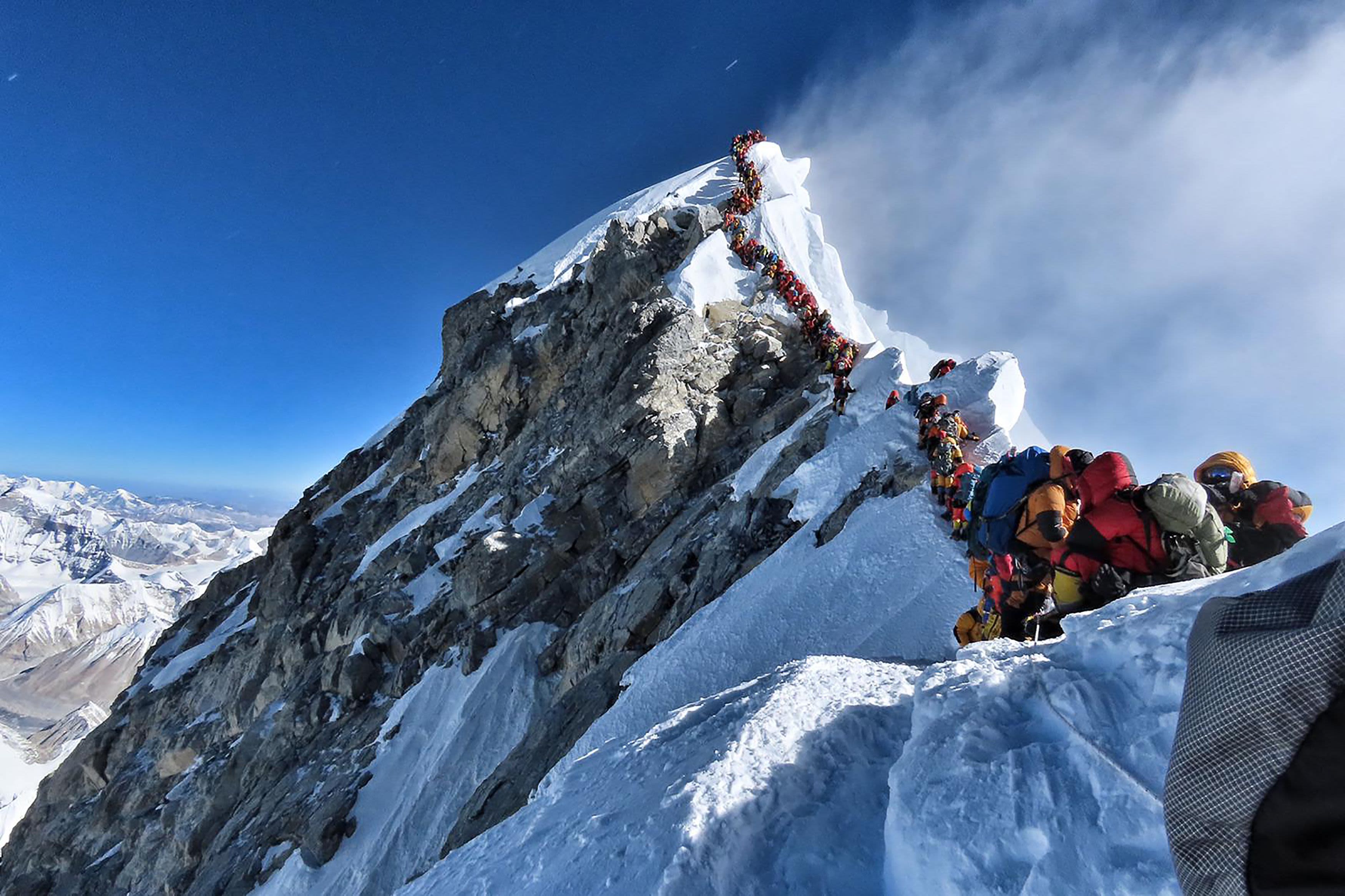
Everest in May 1921 taken from the Tibetan side
A stark difference in this image of Everest also taken from the Tibetan side in January, 2019
FEW places on the planet can match the awe-inspiring beauty of the Himalayas, home to nine out of 10 of the world’s highest peaks.
The mountain range is the natural world at its finest and most challenging, but beneath the shadows of Mount Everest is frightening evidence of the impact that the climate emergency is having on our planet.
Sherpas of Nepal today warn how glaciers on Mount Everest are rapidly melting, making traversing the peak more dangerous and putting the lives of the people living below the mountain at risk.
Kami Rita Sherpa, the world record holder for the most ascents to the summit of Everest, says that he is concerned about the future of the world’s highest peak as rising temperatures are causing glaciers and snow to disappear at alarming rates.
“All the mountains are melting,” the Sherpa, who has reached the top of Mount Everest 25 times, says.
“And the weather at the mountains is very unpredictable.Mountains are starting to be bare, as the once snow-covered rocks are only rocks now.”
In 2019, scientists monitoring climate change in the region found the average melting rate has doubled over the past decade due to higher temperatures and decreased snowfall.
Apa Sherpa, a former world record holder who ascended Everest 21 times before his retirement, witnessed the mountain disappearing before his own eyes.
“There was a big change compared to when I first climbed and my last climb,” he says. “When I first climbed, there was more snow and more ice, but it’s a lot more rocky now because of climate change.”
He adds: “The glacier is getting lower and lower because it’s melting.”
For Sherpas like Kami and Apa, who are charged with guiding tourists and carrying their equipment to the top of the 8,849-metre peak, global warming is making the climb even more dangerous.
Without snow and ice holding rocks in place, Kami says “natural disasters like rockfalls and avalanches occur more frequently than in the old days.”
Apa recalls climbing in the 1990s without a helmet but now mountaineers have to wear them because of the falling rocks.
Climate campaigner Pemba Dorje Sherpa, who has also summited Everest 21 times, explains that one of the riskiest parts of the mountain is the notorious Khumbu icefall.
An icefall is a steep part of a glacier, similar to a frozen waterfall. The Khumbu icefall is located above Everest’s base camp and is considered one of the most treacherous parts of the route to the top.
In April 2014, a column of ice collapsed there, causing an avalanche that killed 16 Sherpas.
“It’s getting riskier with increased climate change and global warming as the ice there melts because of the heat,” Pemba says.
“Earlier, we used to start the climb at 1 to 2 am. Now, we have to start around 12 am to cross the iceberg before sunrise to avoid the risk of it melting.”
A research team measuring ice temperatures on the Khumbu Glacier in 2018 found that the ice was significantly warmer than expected, with the coldest ice measuring -3.3°C – meaning it will be quicker to melt in the sun.
As the snow melts, Sherpas have been horrified to see bodies of past climbers emerging.
An estimated 280 people have died on Everest, a third of whom are Sherpas.
“It is dangerous for every climber but the sherpas are the ones that take huge risks,” Kami says, explaining that they are responsible for “opening the routes, carrying loads and preparing for the clients.”
He adds: “Nobody recognizes the responsibility and the struggles that Sherpas face during the expedition.”
But unlike Western tourists seeking adventure, many Sherpas have no choice but to make the climb in order to earn a wage to feed their families.
Nepal’s mountain tourist industry contributed $724million (£538 million) to the economy in 2019.
“I wanted to get an education and become a doctor,” Apa says. “But unfortunately when I was 12, my father passed away. Then I had no choice, I had to support my family. So then I became a porter and trekking guide.”
Kami also became a mountaineer out of necessity rather than choice.
“I had the responsibility of looking after my family and was not very financially stable at that moment. Being from a poor family background, the only source of income was mountaineering.”
Apa says: “Our Sherpa people, we have no education. So we have to climb, even though it’s risky. That’s why more of our people die on Everest than the Western people, the European people.
“Because the Sherpas have no choice and the Sherpas have to do everything - fixing the ropes, taking the clients to the top, bringing them down, we have to go through the icefall 15-20 times.”
The people living in Everest’s foothills are also suffering the effects of the melting mountain.
Pemba says that people in his community live in fear of the nearby lakes bursting as they fill with melted ice from the glaciers.
“If the Tsho Rolpa lake bursts, my village will be swept away in 10 minutes,” he says. The lake, which is one of Nepal’s largest glacial lakes, sits at an altitude of 4,580 metres.
Although the government has taken steps to prevent it from bursting, there is still a risk of an outburst.
Apa recalls his own home being destroyed by a glacial lake flood in 1985.
“One of the lakes nearby my house burst. Everything was gone. Not only my land, but all my neighbour’s too.
“All the land is gone. We don’t know how many people died in the lowlands, how many animals died in the lowlands, we never knew.”
Bursting lakes have become more of a threat in recent years.
In 2019, scientists found marked acceleration in the rate of lake growth on top of glaciers across the Everest region.
Three years prior, Nepal’s army drained Imja Lake near Everest after the water reached dangerously high levels from rapid glacial-melt.
Waste and rubbish from climbing expeditions also ends up in these lakes as the ice melts, contaminating drinking water.
Apa established the Eco-Everest expedition in 2008, which attempts to help clean the mountain of rubbish left by former climbers.
In 2009, the group held their biggest clean-up, gathering 635 empty oxygen bottles from the peak, some of which had been there since the 1950s.
“Human waste was on the mountain everywhere,” Apa remembers, “but as the snow melts and the water comes down, the people who live in the lowlands have to drink the water.”
Despite the risks, adventure-seekers continue to trek to the world’s tallest peak – between 2006 to 2019, more than 3,600 climbers attempted to summit Everest.
A 2019 video went viral as it showed a traffic jam forming at the bottom of the Khumbu icefall, with hundreds of climbers queuing to ascend the mountain.
But as the climate emergency worsens, Sherpas are worried about the future of their mountain and the ever-growing dangers of climbing it.
“If we do not seek climate justice now, everything will be finished,” Pemba says.
“And there will be nothing left for the next generation. If this continues, our grandchildren won’t see the mountains.”
Rachel Kennerley, international climate campaigner at Friends of the Earth, adds: “Natural wonders like The Himalayas have awe-struck people since time immemorial. It’s hard to imagine a world where they don’t exist, but sites such as these are increasingly threatened by unchecked climate breakdown.
“Sadly, it’s not just landscapes which could be lost, but also the rich history attached to them, the culture entwined with their existence, and the lives and livelihoods that rely on them thriving.
“Halting the worst of climate breakdown is still within bounds. The world’s leaders could learn so much from the natural world in overcoming adversity and achieving the seemingly impossible, which is everything Everest has come to symbolise.”
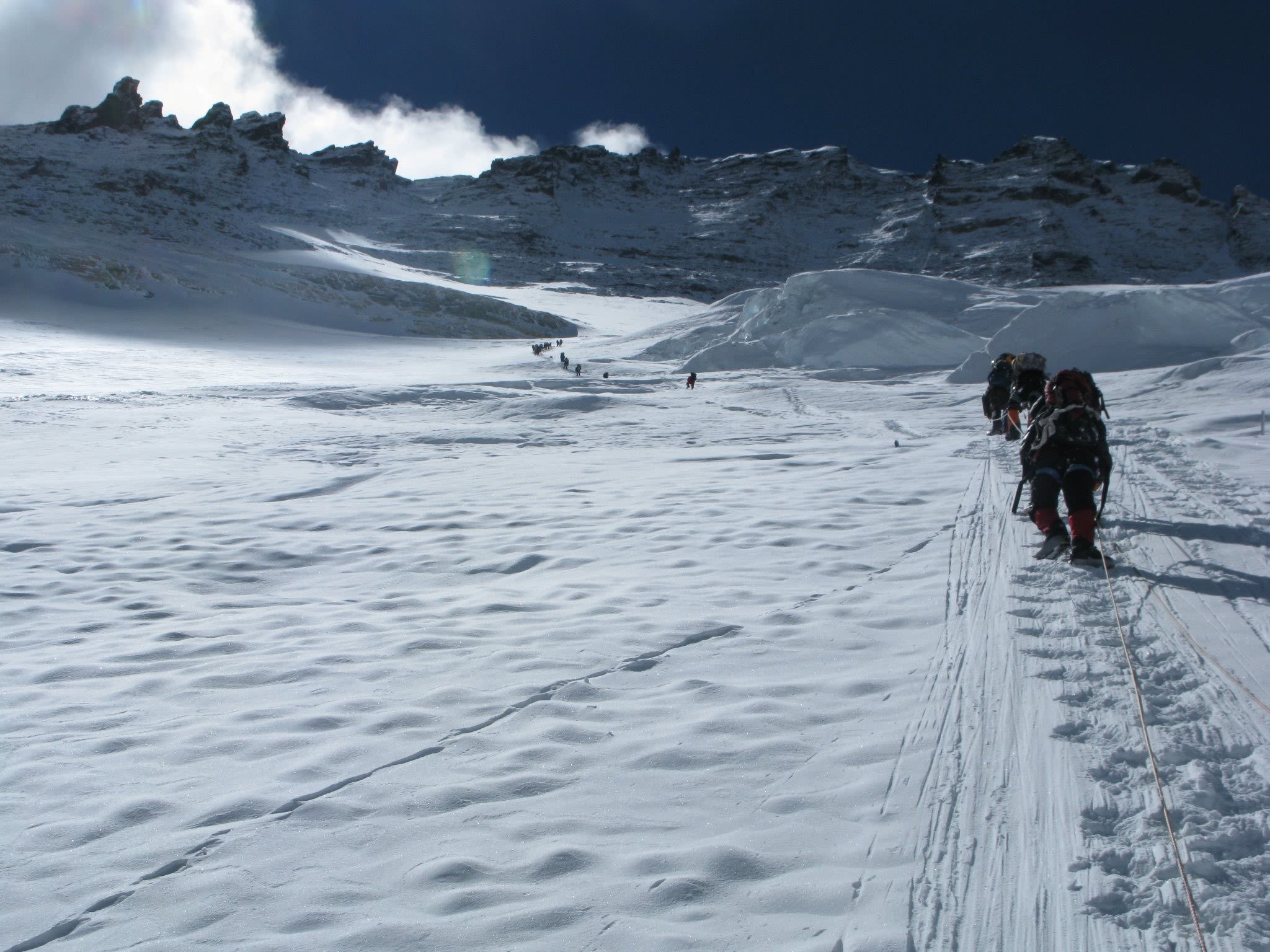
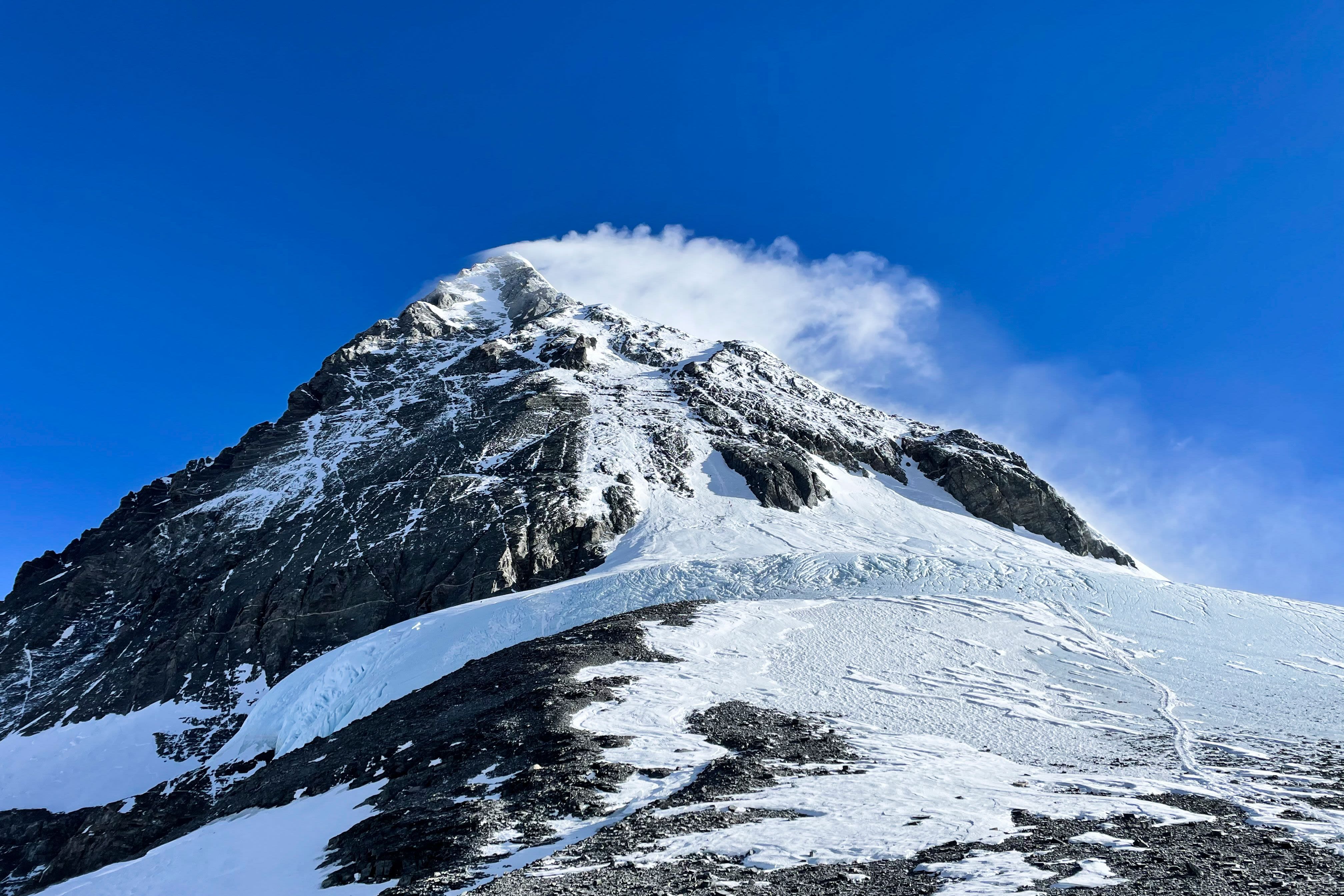
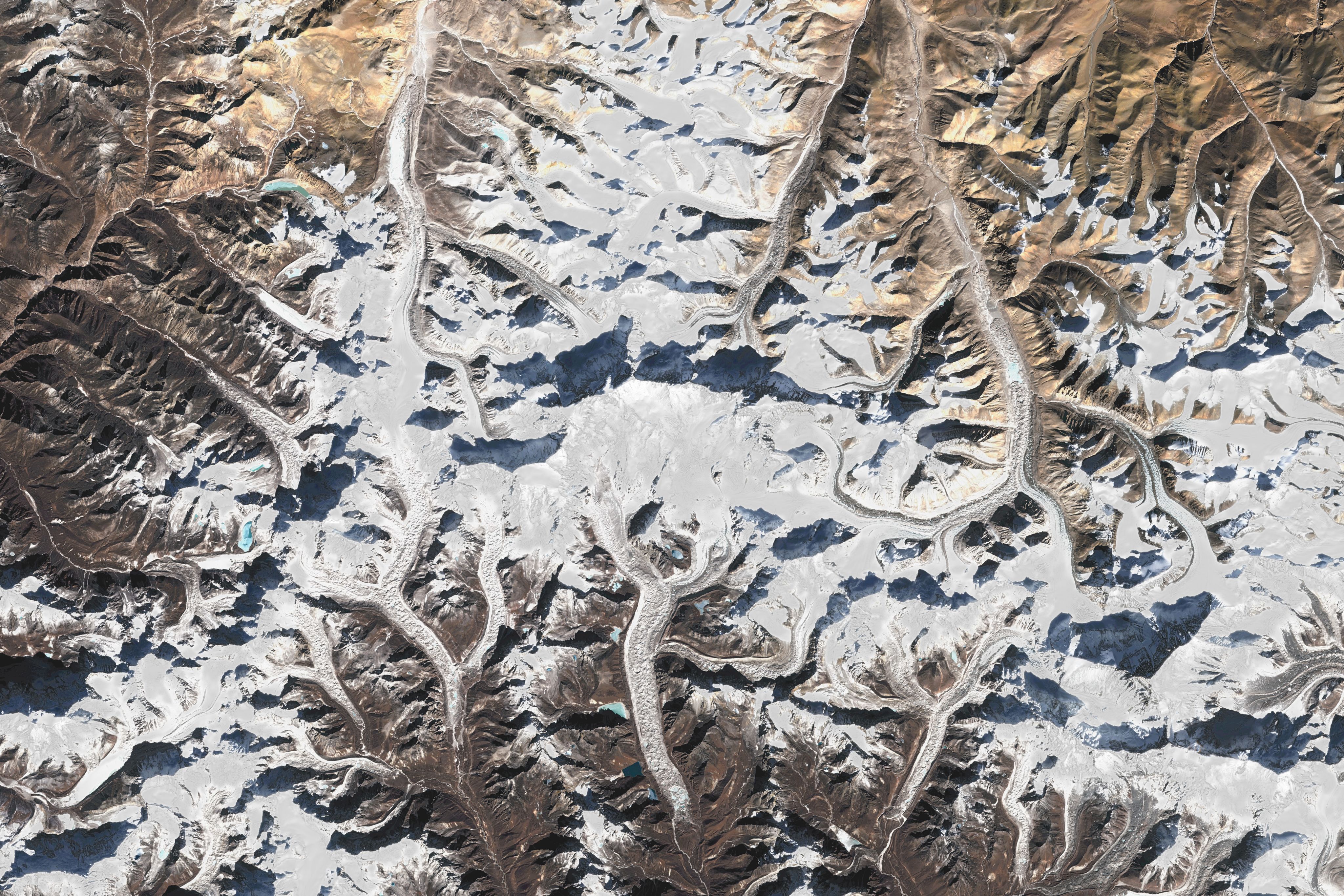
By Bir, 17, in Jajarkot, western Nepal
The mountains here used to be covered in snow, but over the last few years we have witnessed a huge decline in snowfall as temperatures rise.
There is not much cultivable land so most people rely on rearing sheep and goats rather than growing crops.
But many people have had to stop animal husbandry because the lack of snow means there is not enough water for grass to grow, and so the animals have nothing to eat.
Bhim Bahadur Rokaya, a local resident, says: “Before, there was lots of grassland towards the hills – the mountains were only empty of snow for three to four months.
“Now, the snow lasts only three to four months. Therefore, there is a great lack of food.
“I used to have 50 to 60 sheep too – due to the lack of pasture, I gradually sold everything and now I have no sheep.”
Scientists link the lack of snowfall to rising temperatures, with studies showing that snowfall has decreased and Nepal’s temperature is rising by 0.6C per decade.
Over the past few years, heavy rainfall, floods, landslides and droughts have also destroyed many of the crops that do grow in the region, creating a food crisis.
Nara Bahadur Tiruwa, another local resident, says that when heavy hail storms destroyed his crops just before the harvest last year, he had little choice but to move his family to India.
“My children did not have the opportunity to read and write there” he says.
“I had to shift to India as we would not die of illiteracy but of hunger. Despite the dreaded coronavirus situation, I was forced to leave the country.”
Royaka adds: “The absence of snow in the winter has made it very difficult for low-income people like us to make ends meet.”
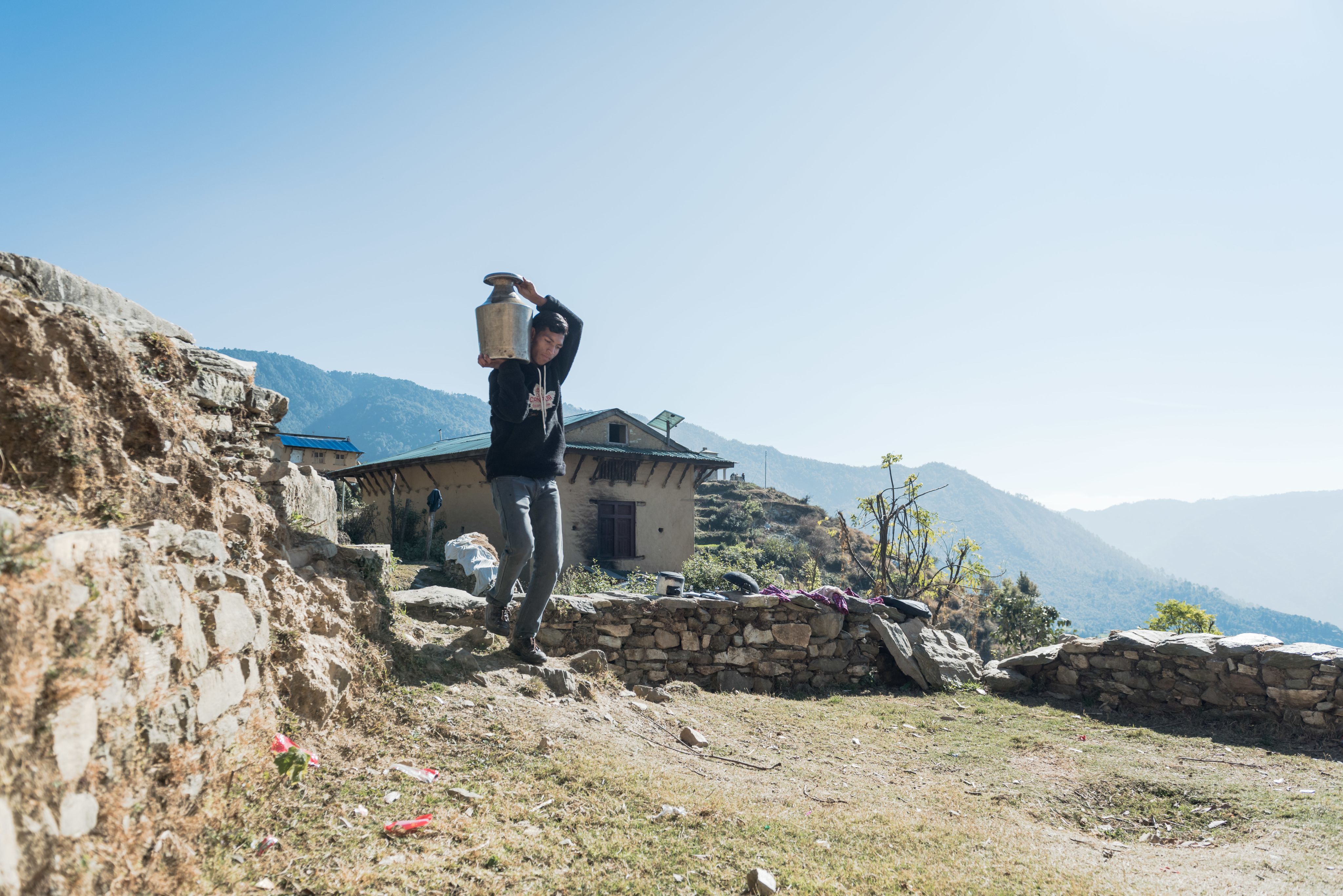
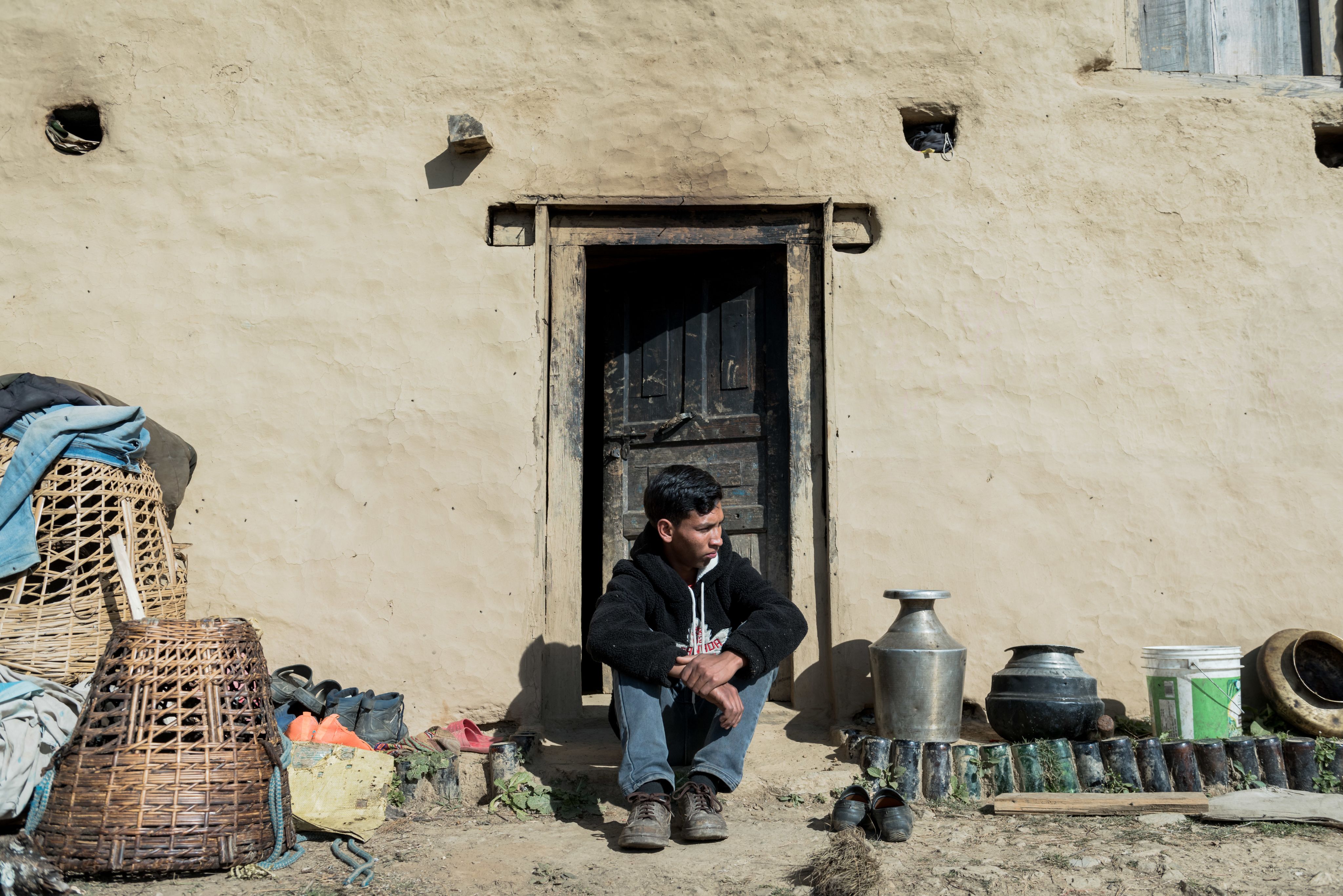
By Ashmi, 15, and Anushka, 15, in Kathmandu
Women in Nepal are spearheading change and fighting the climate emergency by creating sustainable products and fashion.
Deego Nepal is a small company selling ethically-produced alternatives to everyday items like toothbrushes.
One of the company’s most popular products is its hand-woven baskets, made by women from the Tharu tribe, an indigenous community in Southern Nepal.
The baskets are created from locally-sourced moonj, a type of wild grass that grows near rivers.
The grass is dried and woven into different patterns.
Anjana Malla, one of the company’s three founders, noticed the baskets being sold by women in her hometown.
Deego Nepal employed five Tharu women to make baskets to sell in Kathmandu, providing local employment opportunities and helping to preserve Nepal’s indigenous traditions.
“The ultimate solution to the ongoing crisis is environment-friendly alternatives,” says Malla.
“Our approach is to work towards building a sustainable community, which we are able to do in collaboration with other small businesses.”
Hatti Hatti is another sustainable Nepali business tackling the climate crisis.
The clothing company employs women from marginalised communities in Nepal and trains them as tailors, producing clothes from eco-friendly materials such as organic cotton and khadi.
The company also repurposes old and vintage clothes that would otherwise end up in landfills.
Sajana Jirel, executive director of Hatti Hatti, says: “Sustainable fashion is the trend already.
“People are conscious about where they are investing their money in terms of fashion.
“We believe that people should be aware of how fast fashion and plastic is adversely affecting the environment.”
Taking small steps like buying sustainable products and donating unused clothes to organisations like Hatti Hatti and Deego Nepal can help protect our environment.
If we want something to change then we should never wait for someone else to do it – we should be the ones to initiate it.
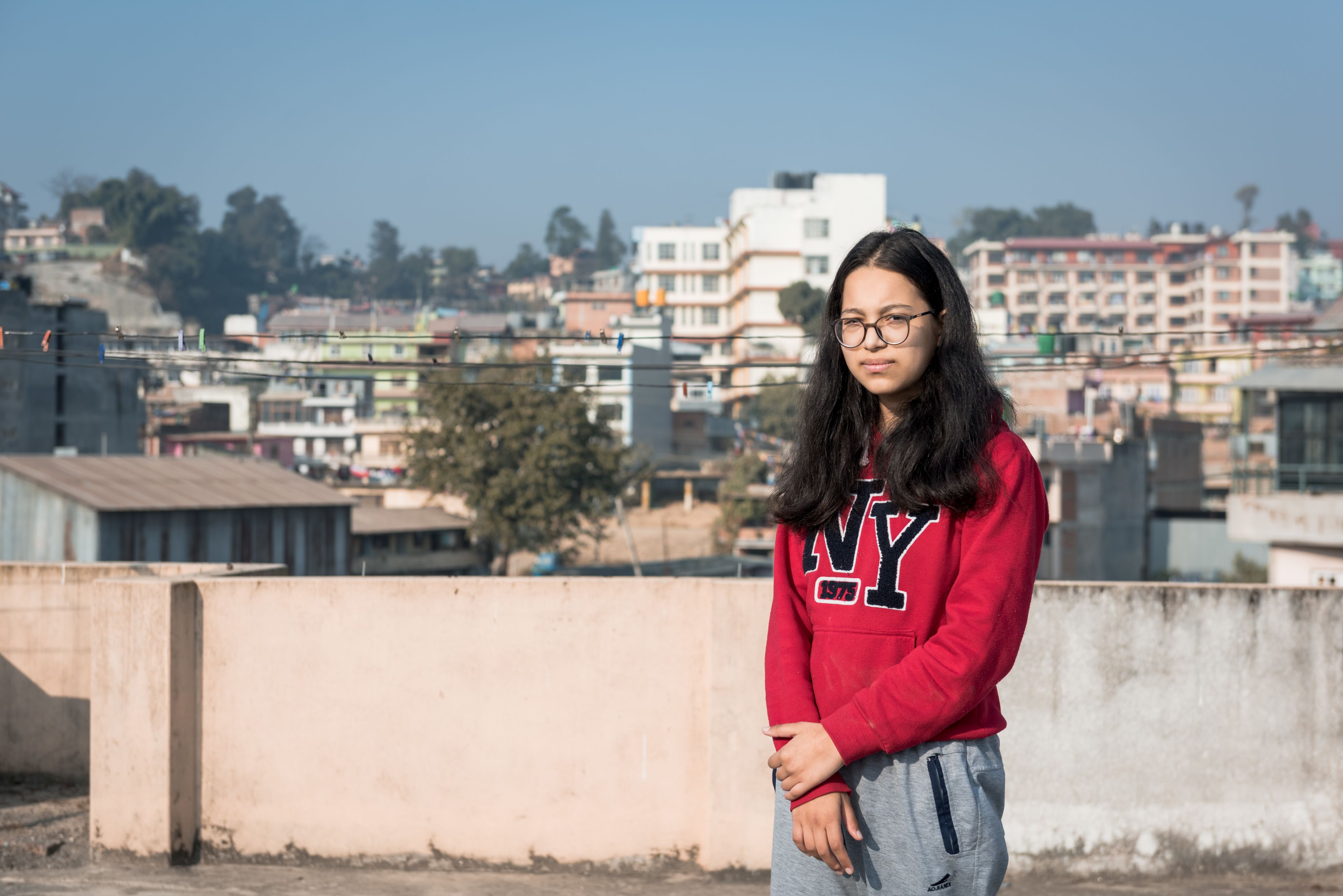
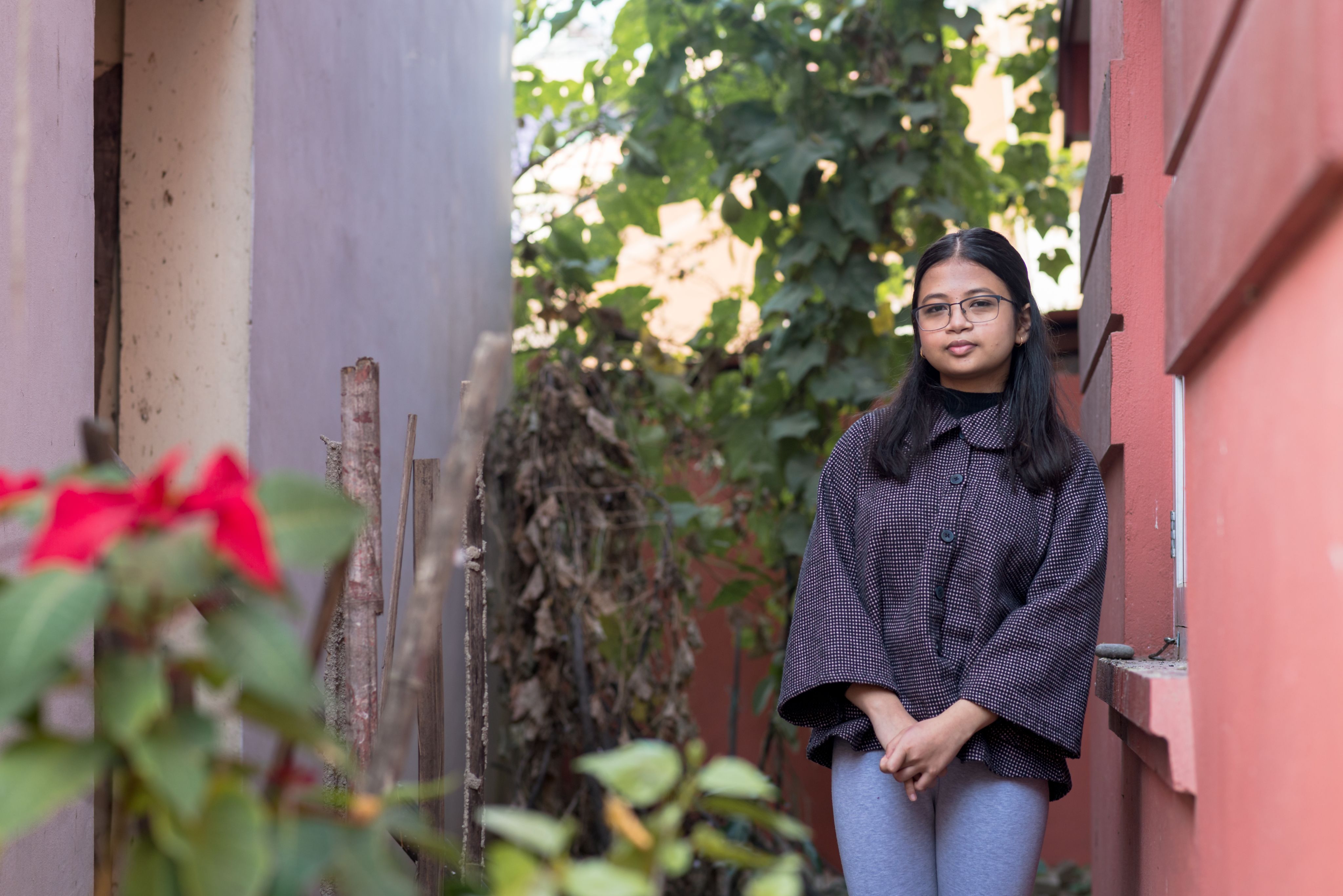
Extreme weather
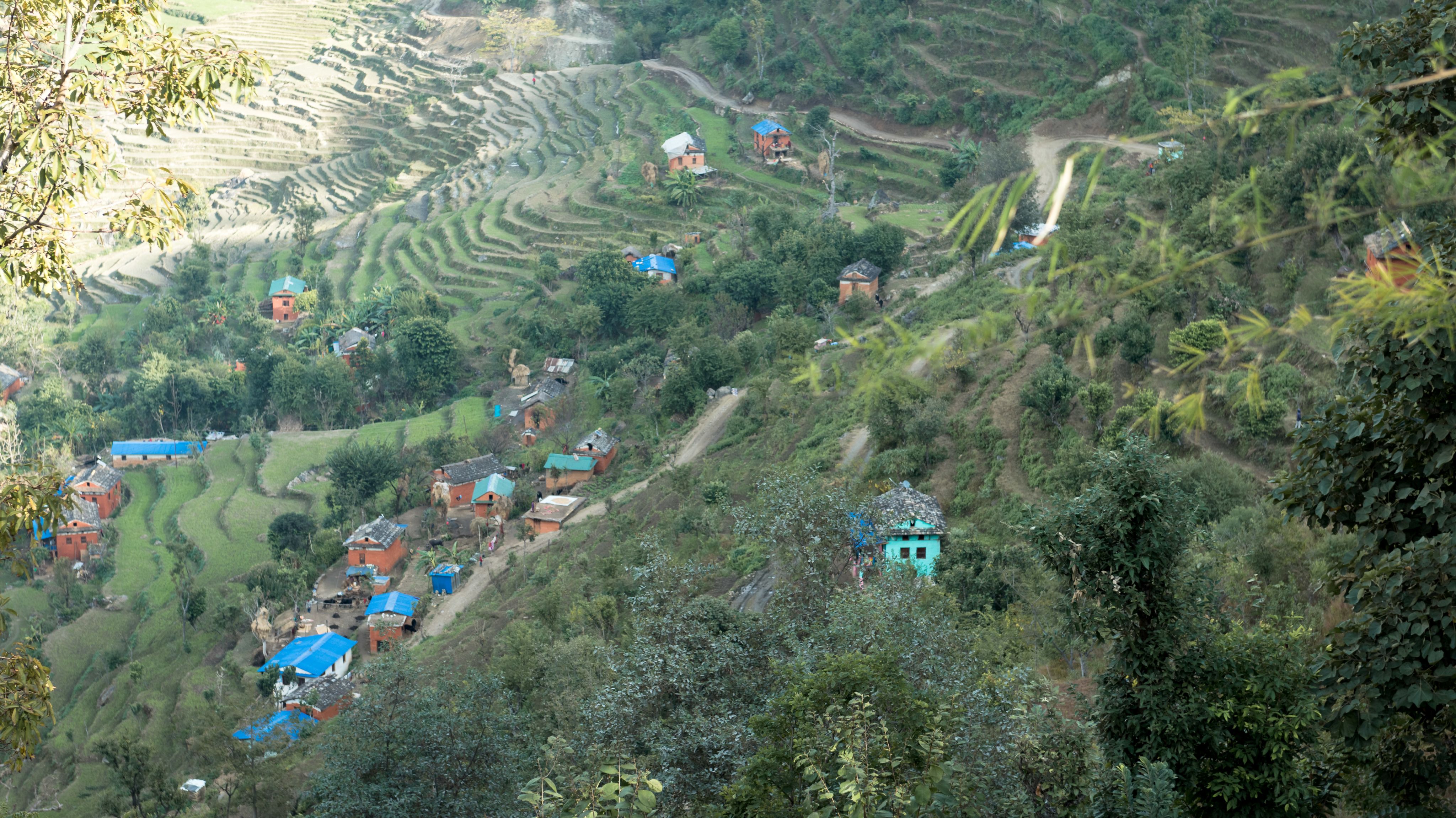
By Rabina, 17, in Karnali
THE roof of my house was rattling from the strong winds outside and my heart was racing with stress.
Before that fateful wind destroyed our village, the sky was clear, the sun was shining, and it was so peaceful.
My siblings and I were all playing outside when suddenly the sky turned black and a strong wind started blowing around our home, bringing big droplets of rain with it.
We could see that the river was rising and the water looked dark.
People in the village were scared because most of our homes had straw roofs – they would not be safe from the rain and wind.
My siblings and I were worried about our mother and father, who were still at work.
When they returned, our home did not have a roof and we all had to run for our lives.
When the wind died down in the evening, a hailstorm arrived, destroying our farm and the crops we had planted.
A while later, the rain, wind and hail subsided but the dark water moving like waves in the river did not stop, nor did the landslides happening around us.
We cried under our roofless home that night.
The next day, the sky was clear and the entire community gathered together to pick up the pieces.
It took us four months to build a new house, with help from everyone in our village.
While we were building, we lived in fear that another strong wind might come at any time to destroy it.
Together, all the villagers planted trees around the area that had flooded and we also built a bamboo barrier by the river.
We are all worried that a storm like that will surprise us again one day and destroy everything in its path.
In order to stop this, we have to work together.
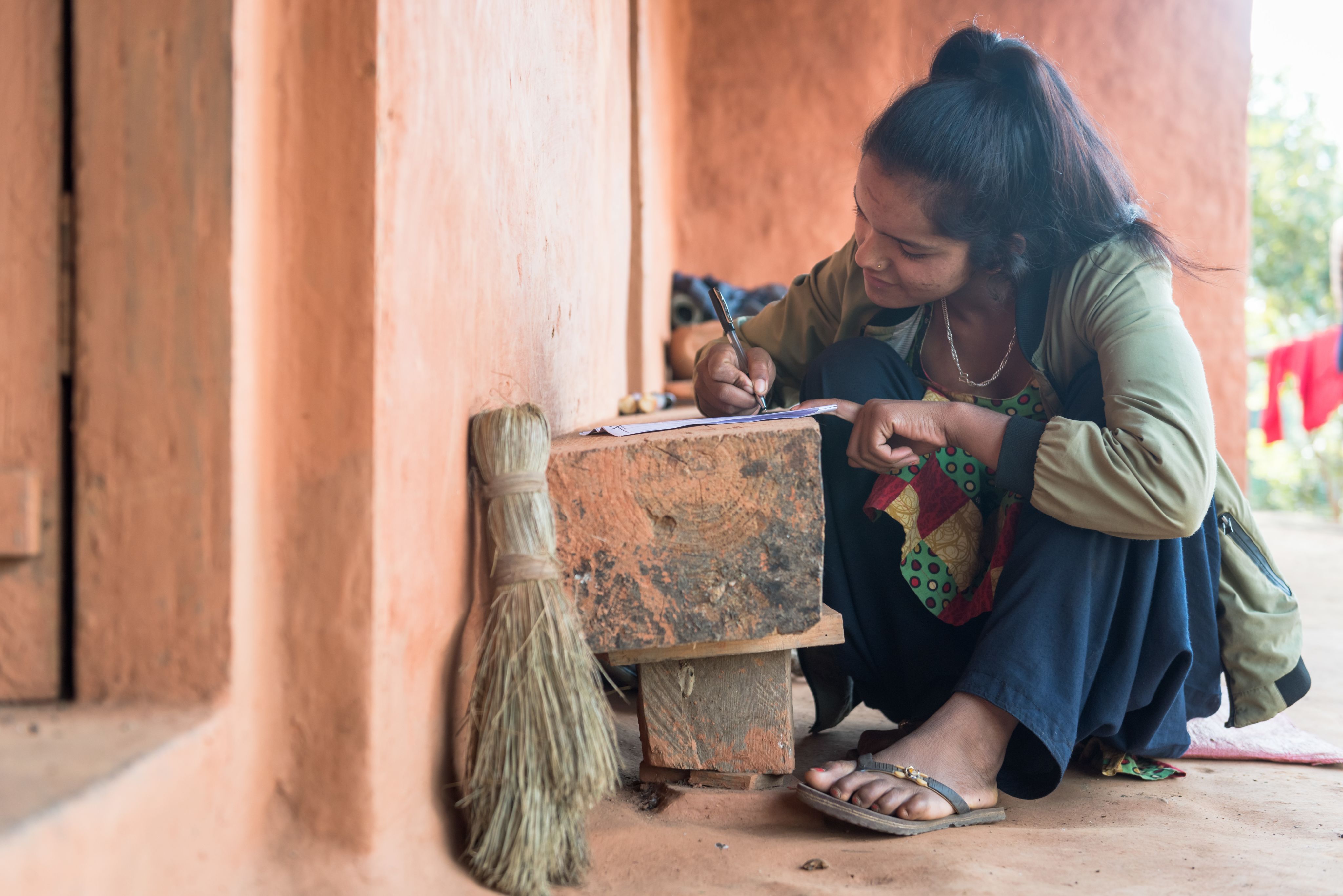
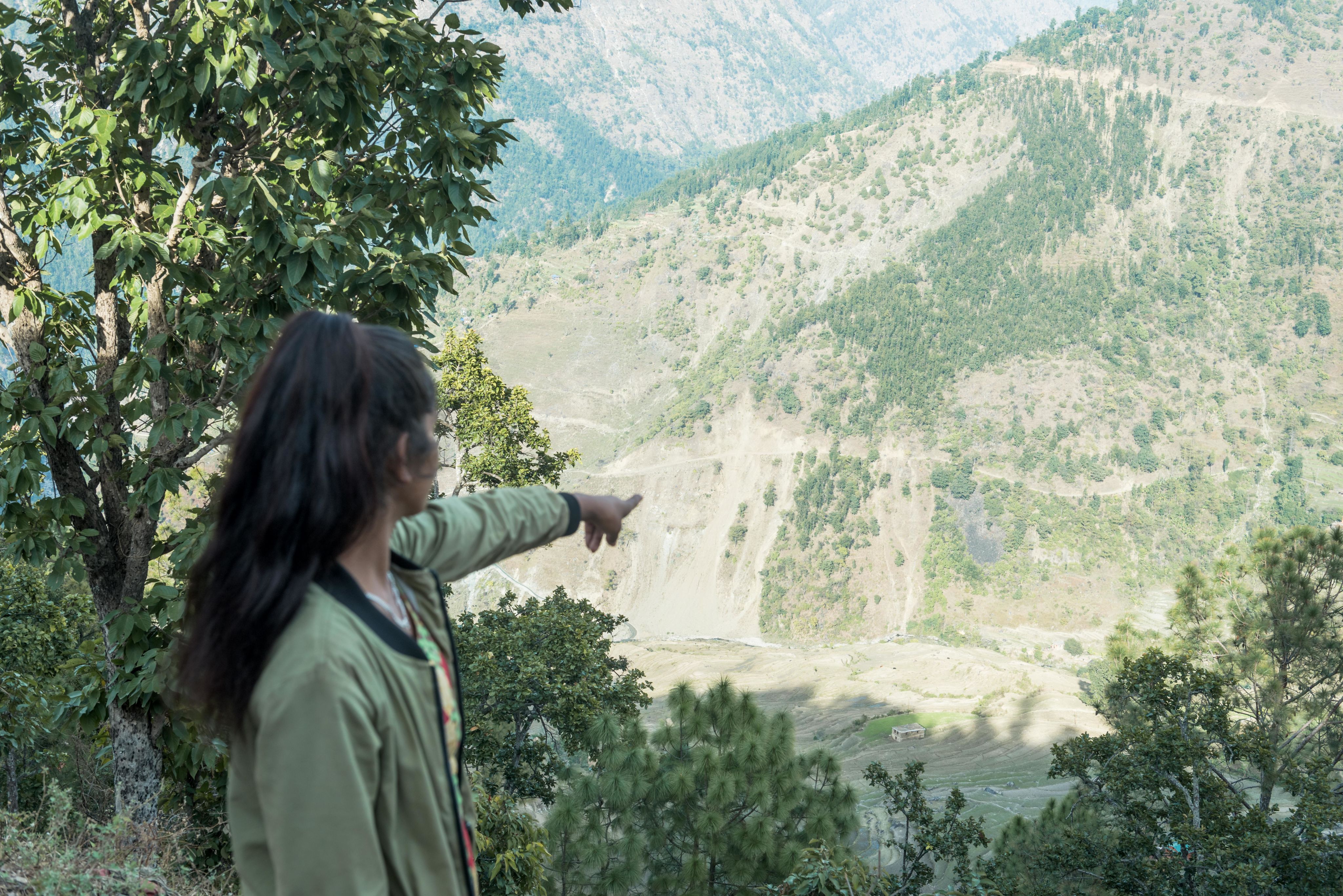
By Ansu, 18, in Dhanusha
The fields were in full bloom, with the yellow rice paddy shining like gold.
As Sarmila worked, drying the unmilled rice on her family’s farm, the sun was setting and she was looking forward to going home and eating dinner with her five daughters.
Monsoon season had passed with little rain and it was now September – normally a relatively dry month in Nepal and the time for harvesting crops and the beginning of the festival season.
But as Sarmila sat down to eat in her home, it began to rain heavily.
What Sarmila saw the next morning was unimaginable – the rain had stopped, but the damage was done.
“The flood destroyed everything,” Sarmila says.
Water had rushed from the nearby rivers, filling her fields with water and destroying her crops.
Many of Sarmila’s neighbours’ farms were ravaged that day too.
"It is not only the paddy that has been destroyed,” Sarmila says, “but it is also the hope, the livelihood and the future of my girls.”
Sarmila’s eldest daughter, Mamata, believes large factories nearby are adding to environmental problems in the area.
“These types of factories and industries are contributing to environmental pollution, and everything ultimately leads to climate disruption including unseasonal rains,” she says. “In our area, there’s no mechanism to track the hazards of such factories to the environment.”
Dr Pemnarayan Kadel, Secretary of the Ministry of Forest and Environment, says: “This disaster has sent a message to the people. Such catastrophes are due to the exploitation of the rivers and the surrounding”.
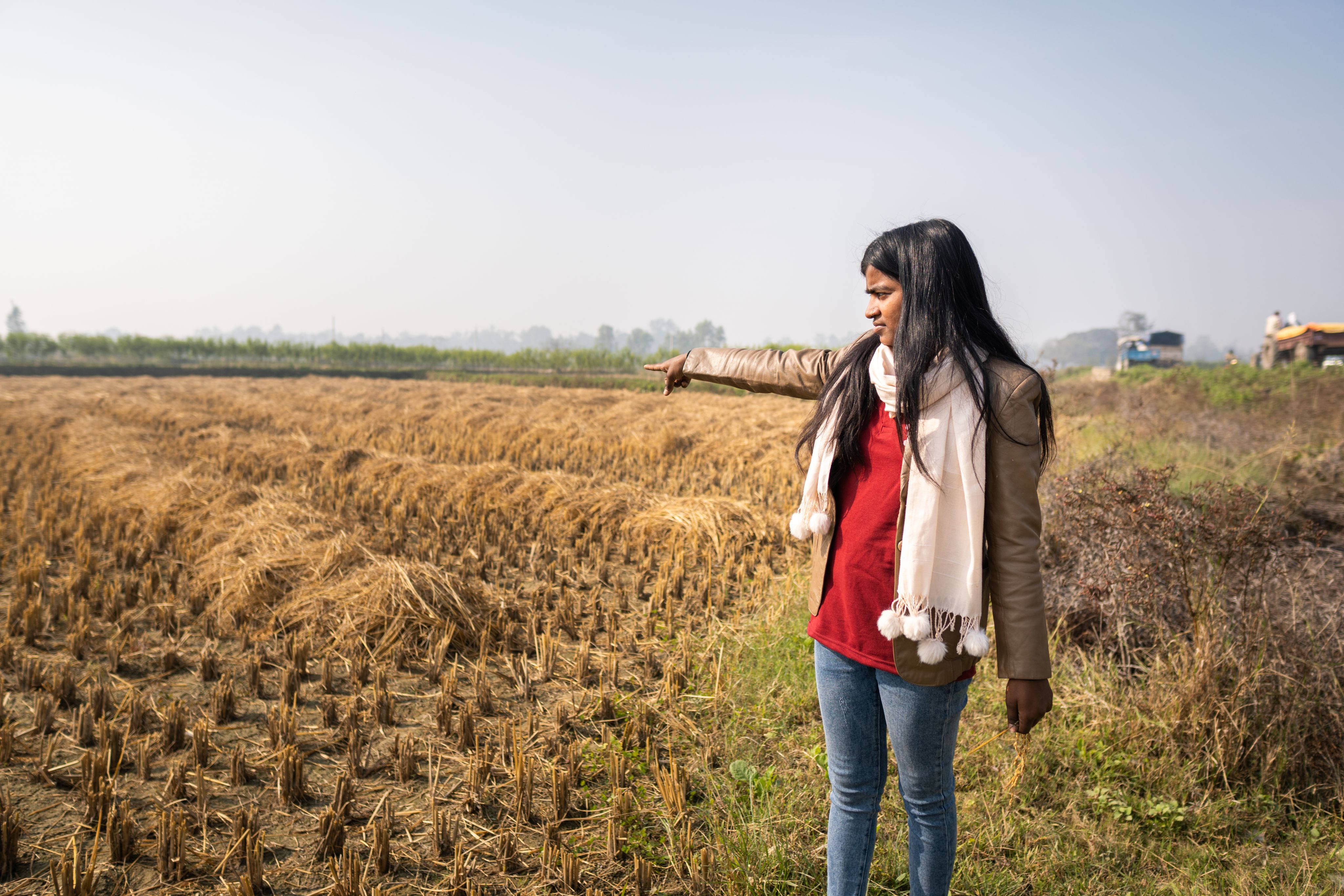
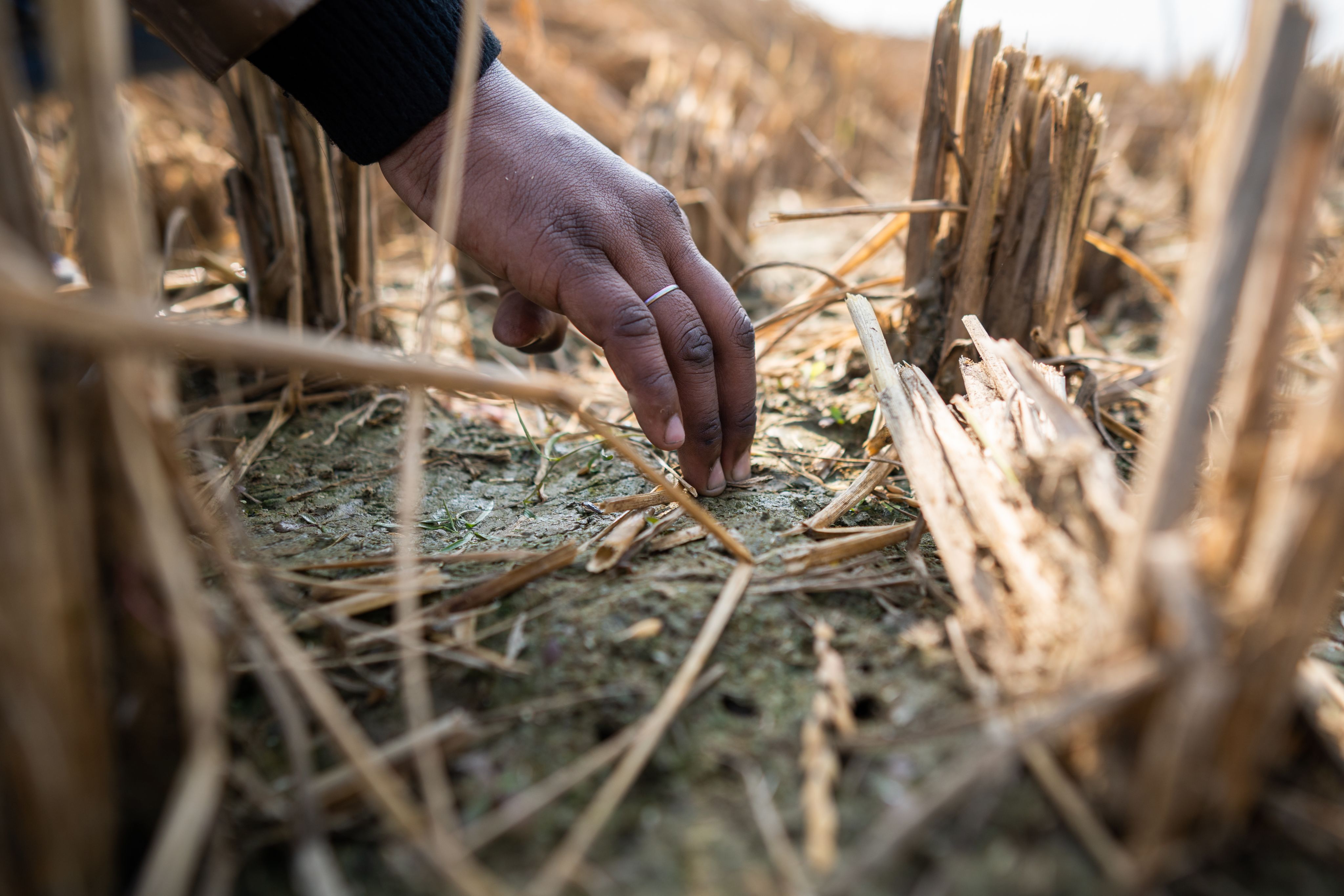
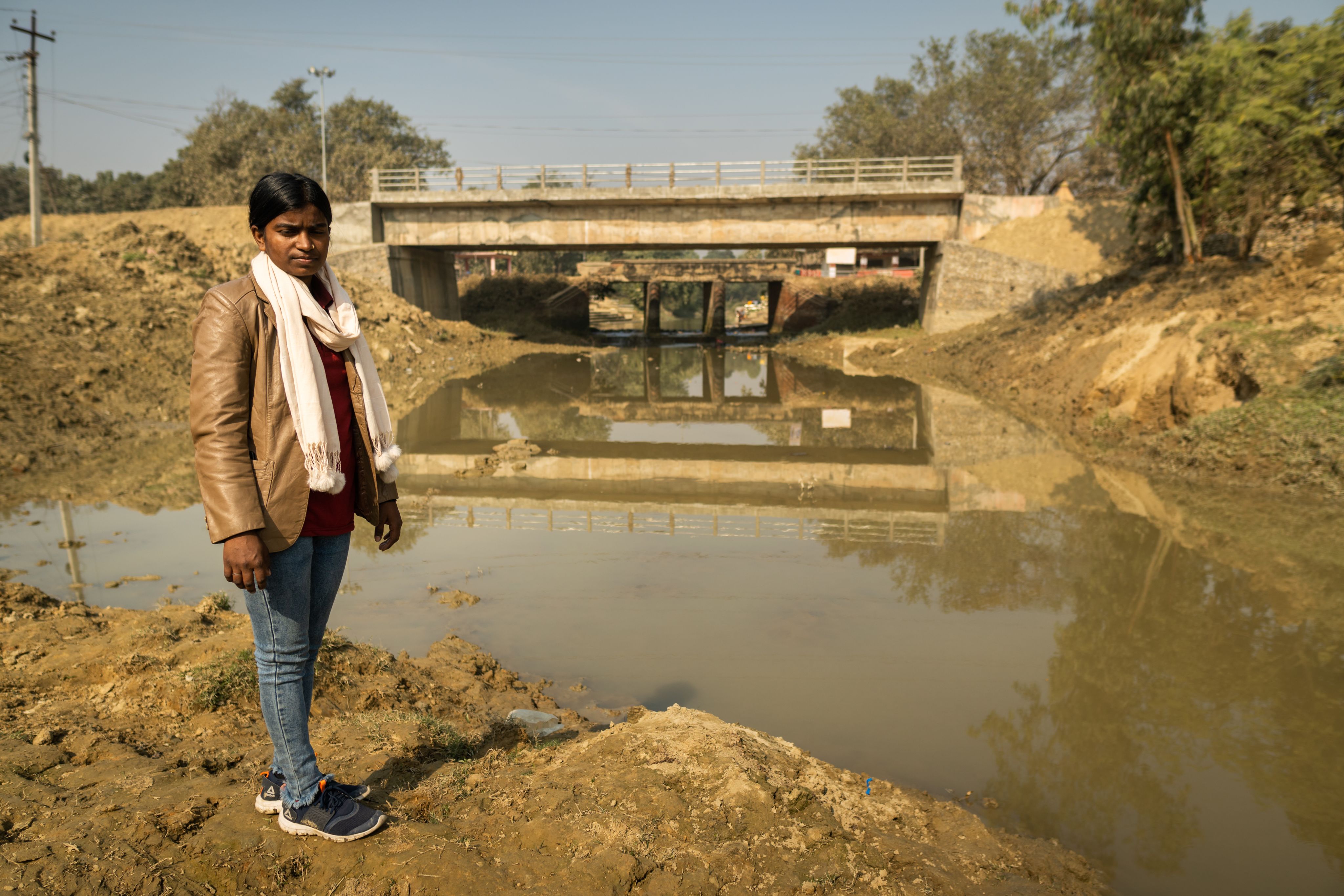
By Sangita, 16, in Kalikot, Western Nepal
The rolling hills and waterfalls surrounding my village make it a beautiful place to live.
But because of climate change, we face ever-increasing floods and landslides here.
My home of Kalikot in Western Nepal is one of the poorest and least developed regions in the entire country and extreme weather is making life here even harder.
We faced heavy rainfall for a month during the monsoon season last year, which caused a landslide behind my family’s home.
The crops we had worked so hard to grow, like potatoes, beans and maize, were destroyed.
I felt desperate when I saw that the food that we were going to eat was gone.
Our house was flooded with water for over a week and we had to seek shelter in a neighbour’s home during that time.
This is all because of climate change – my life has been severely affected by it.
I am worried about the future as my family can’t farm enough to eat and we’re unsafe in our own home.
Farming is hard here anyway: there are hardly any flatlands to cultivate and there is very little land that can act as a water reservoir.
Even when there are no weather adversities, the food we can grow on the land will only sustain us for half the year and we have to work extra hard to survive for six more months.
Five years ago, we were able to grow ample amounts of potatoes, maize and beans and fruits like apples, plums and apricots.
But now the soil is degraded from continuous rain during the monsoon season and excessive snow, which leaves just pebbles and sand behind.
Not many crops grow here and, due to changing climate patterns, hailstorms sometimes destroy the ones that do.
Climate change has really affected our family – what we farm barely sustains us for six months and feeding the family for the rest of the year is a real struggle.
We already have a difficult life here because of the topography and, if this continues, we’ll reach a point where we won’t be able to grow anything.
Climate change is making living in the hills even harder and the people here are trying to leave as soon as they can.
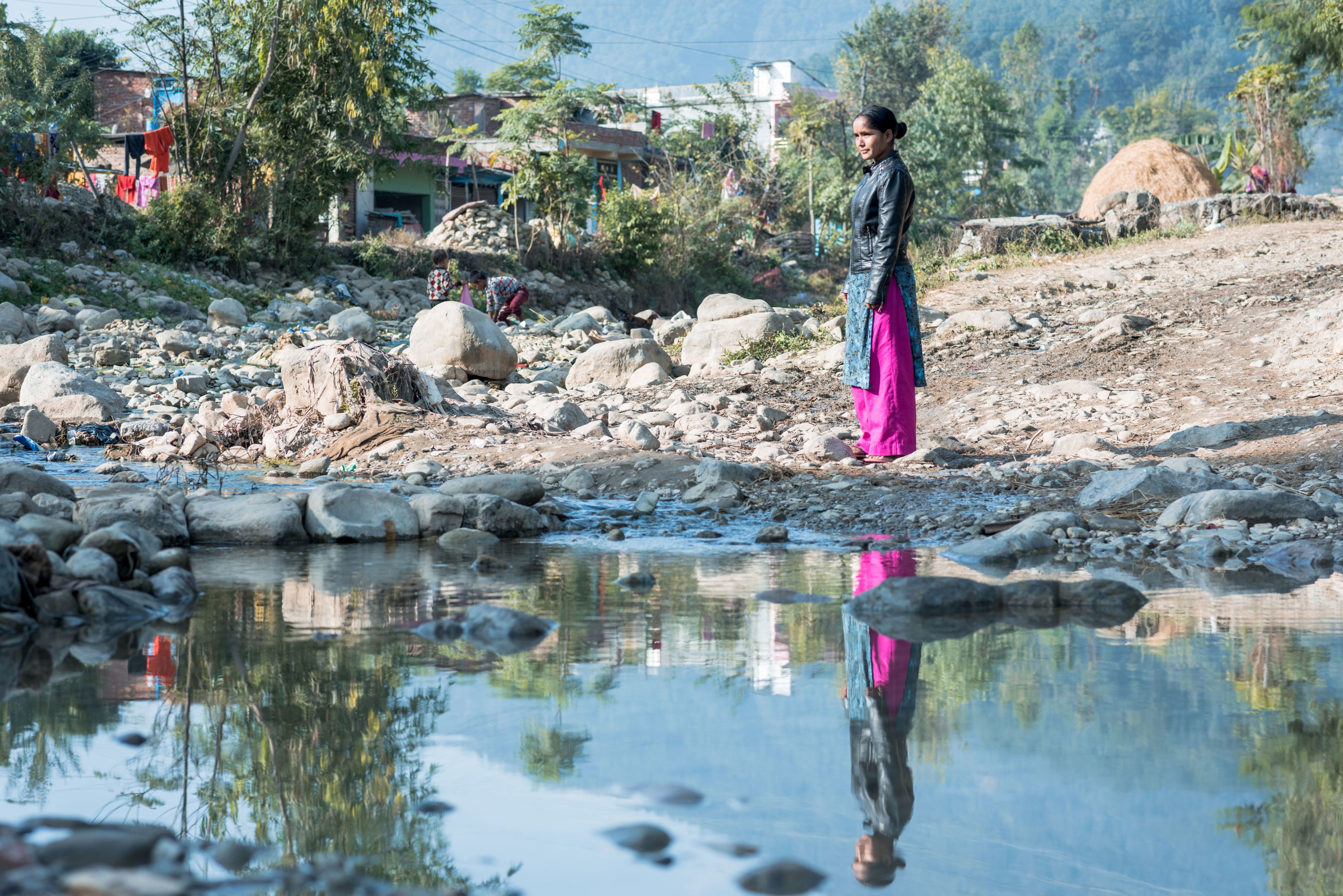
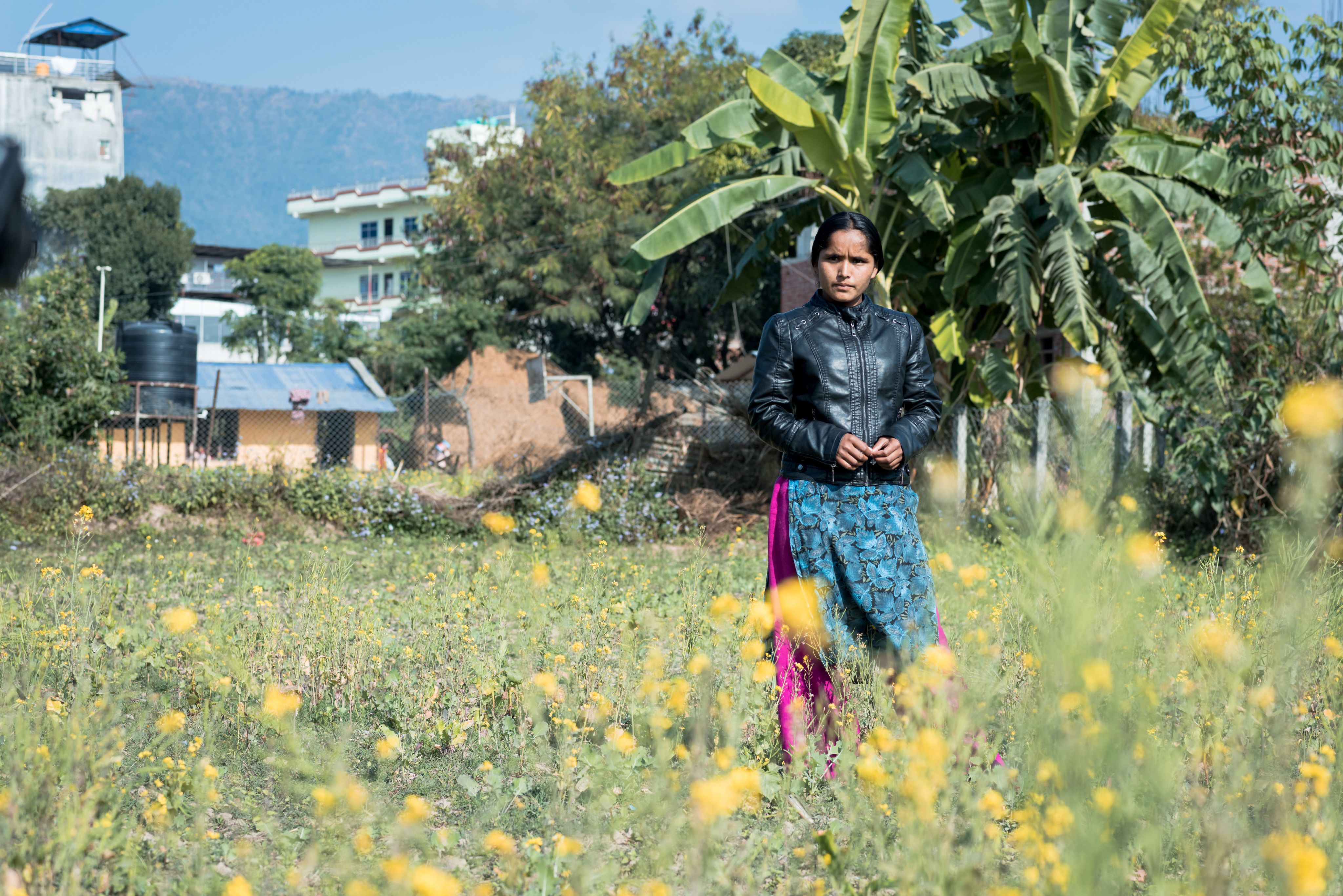
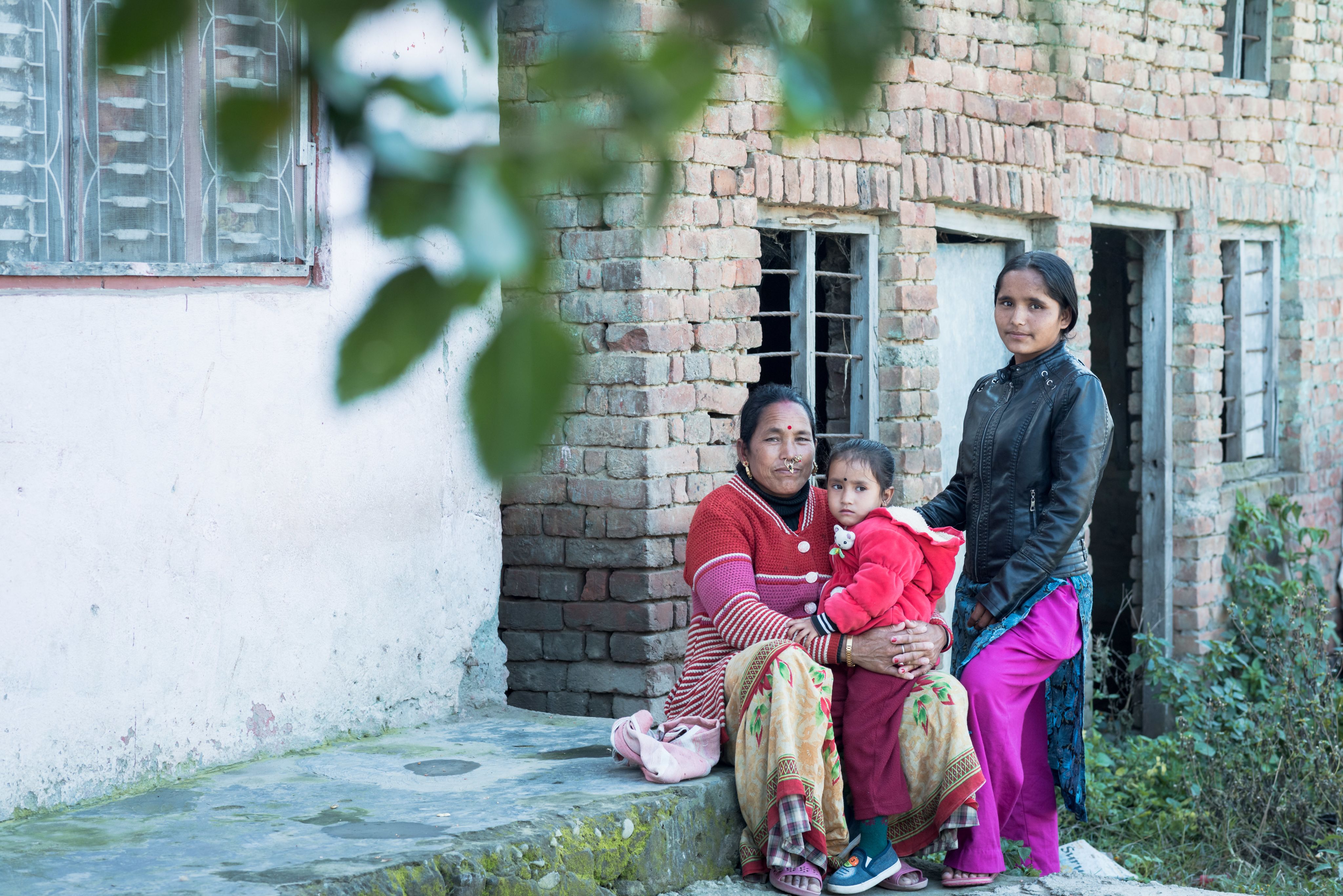
Deforestation threatening Nepal's wildlife
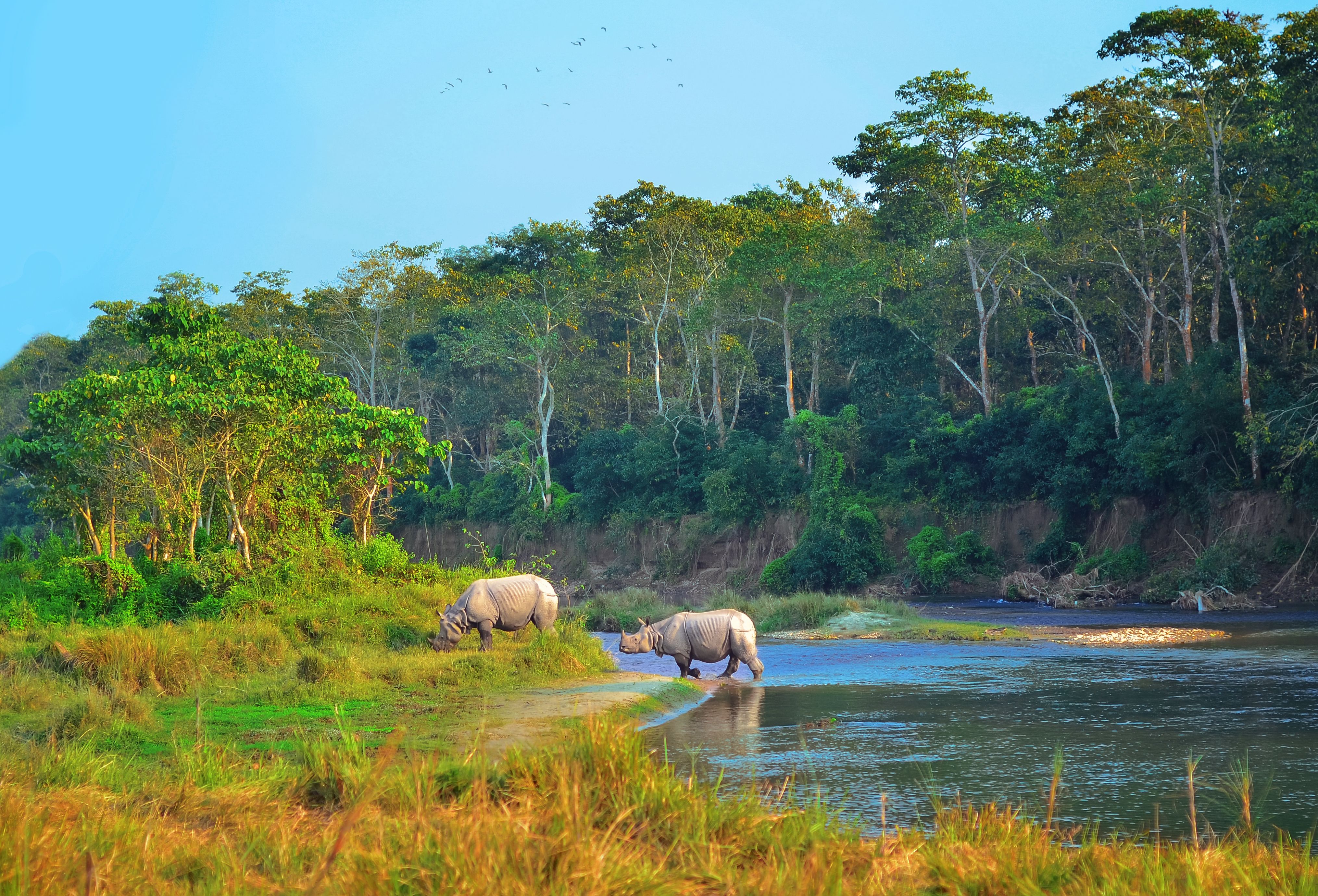
By Diwakar, 19, in Kathmandu
Just 150 miles south from Nepal’s snow-capped Himalayas lies dense forest, populated by tigers, elephants, leopards and rhinos.
The subtropical lowlands of Chure are rich in biodiversity and home to 6,500 species of plant, 181 mammals, 862 birds and 640 butterfly species.
But wildlife and the indigenous communities living alongside them are under threat from an “unprecedented rate” of deforestation.
New species are still being discovered but others, like the sloth bear, are now endangered.
“The Chure Region mostly remained forested until the 1950s, but with the human population increment, deforestation in Chure forest is occurring at an unprecedented rate,” a major report by the National Trust for Nature Conservation says.
Iraj Poudel, a local from the area, adds: “The forest that was dense yesterday is eroding today. There are more concrete buildings now than ever before.”
The Chure belt, which stretches across Southern Nepal, spans 18,982 square kilometres – only slightly smaller than the entirety of Wales.
Chure has protected areas but the majority (76%) of the forests fall outside of this area, so vital habitats are at risk.
Locals say they are witnessing native wildlife disappearing, being forced out of their habitats due to increasing human activity.
Ram Katel, a resident, told the Kathmandu Post: “The encroachment of the Chure region has affected both humans and wildlife that are dependent on the region for sustainability.”
Another resident, Ram Kisan, says the conservation of Chure’s fragile ecosystem is deeply concerning.
He said: “If the exploitation and excavation of the Chure continues, the long-term consequences will be fatal to the environment and the wildlife.”
The area is biologically, environmentally and economically very important to Nepal.
Demand for raw materials and minerals to be extracted from the ground has created a “crusher industry” in the region, referring to the machines that are commonly used to extract large rocks from rivers.
This process affects the flow of the water in the region’s rivers, increasing the risk of erosion and landslides.
Deforestation in Chure is also contributing to soil erosion.
When the top layer of soil is unstable, it can’t retain any water that falls on it and results in an increased surface run-off, which in turn creates a bigger risk of flooding.
Communities living downstream have been devastated by floods and landslides.
And plans to open a new international airport in Nijagadh, a town in the Chure region just 80 miles from the major airport in Kathmandu, will have a detrimental impact on Chure’s ecosystem, campaigners say.
Talks to open the airport began 28 years ago but it is finally set to open this year.
Author and researcher Uktam Babu Shrestha said that the airport would have “a huge environmental impact” not only during the construction process but also in its operation.
“Environmental impact assessment is not just about calculating the number of trees that can be seen with the naked eye,” says author and researcher Uktam Babu Shrestha.
“Physical infrastructure affects the environment in two ways – by destroying nature during construction and by depositing harmful elements in the environment after construction.”
Environmentalist Bhesraj Thapa says Nijgadh, the heart of the Terai Madhes, home to wildlife and birds, absorbs about 23 percent of the carbon.
He said: “Nepali people have a very close relationship with the Chure-dependent forest.
“Nepalis will remain only if the Chure is protected, otherwise it will definitely disappear.”
The heat is increasing in the lower belt of Chure every year and the farmers are suffering due to low or heavy rainfall.
Citing the example of floods caused by unseasonal rains, Thapa said that the government and people should be vigilant to protect forests and Chure.
“Looking at the livability index of big cities, including Kathmandu, the development of haphazard road construction in villages, the condition of rivers, the quality of air, drinking water and vegetables, the picture is one of devastation,” said Shrestha.
“The government should come up with a plan to save Nijgadh’s forests and Chure, not destroy it.”
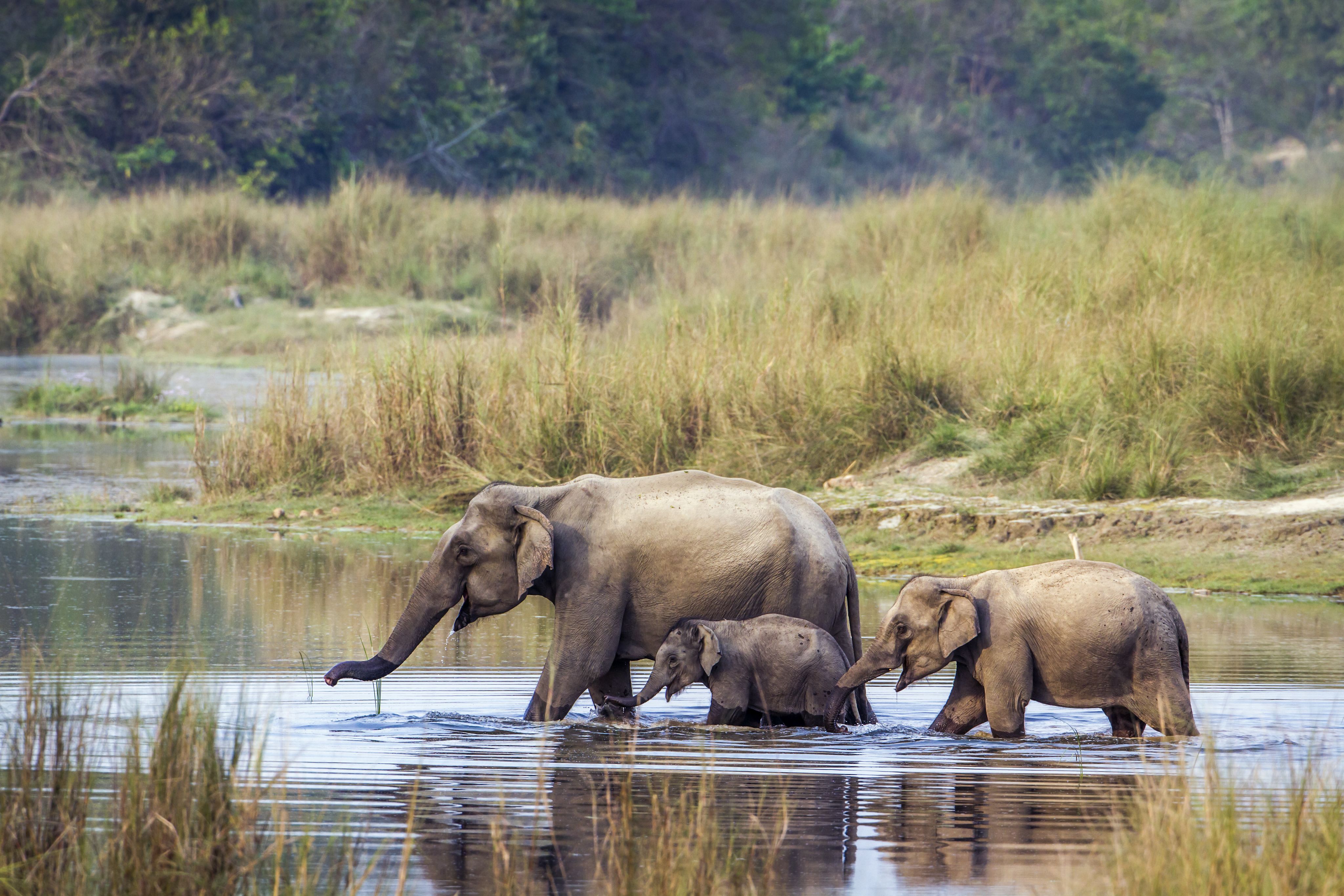

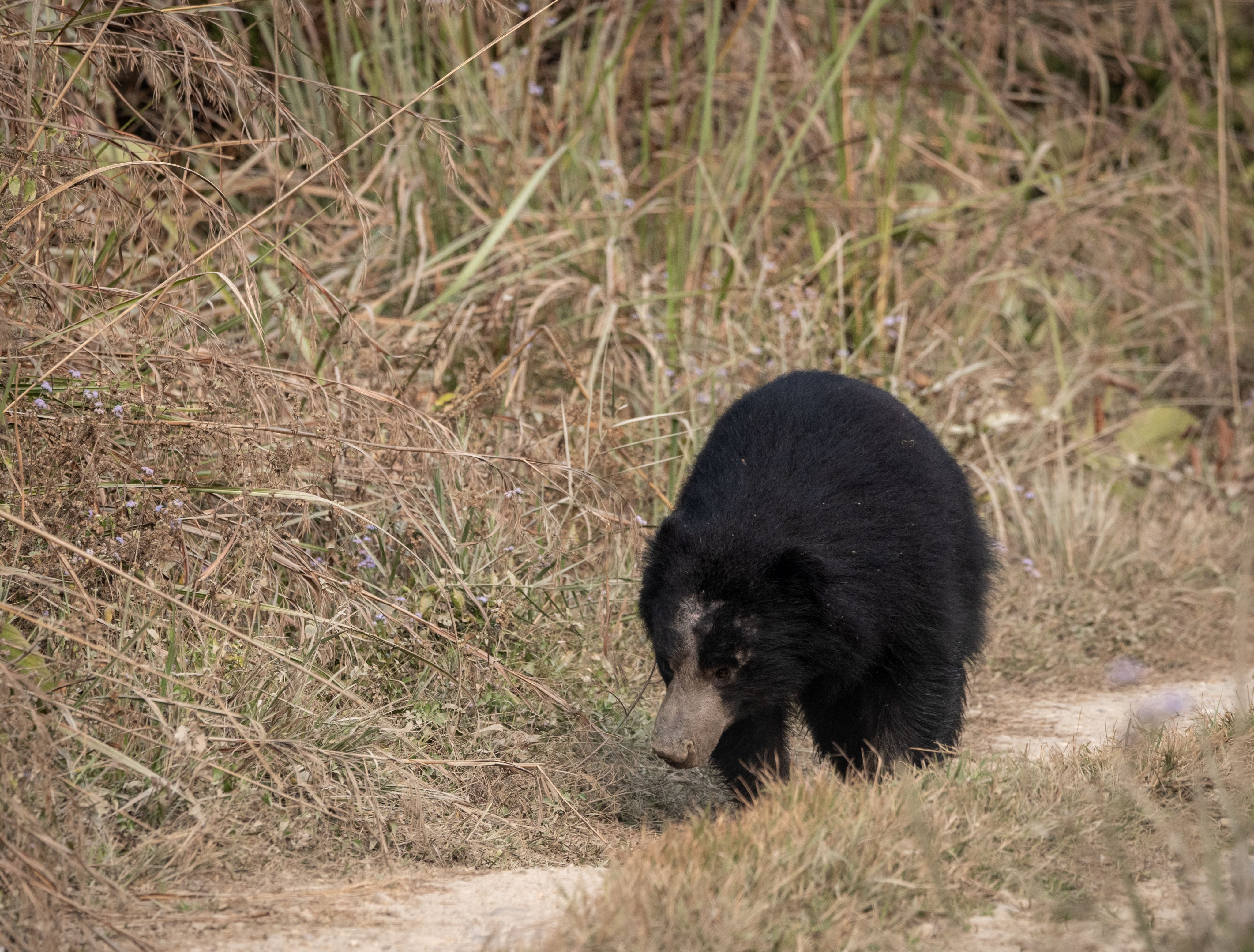
Save the Children in Nepal has been implementing the ‘Red Alert’ campaign on climate change since 2020.
Under the project, Save the Children has been working with child and youth champions to understand their views and perceptions on climate change and to document their suggestions for the development of applications, websites, and project activities.
The Red Alert campaign works to mobilize youth to advocate for green policies with the government and to amplify child and youth-led voices to reinforce public and political action on climate and nature crisis in Nepal.
They have also partnered with Nepalese Youth for Climate Action (NYCA) to design and roll out the Red Alert project in Kathmandu, Madhesh Pradesh and Karnali State.
The charity has worked with 2,400 young people in the region associated with Red Alert through several activities, including digital handouts, ARTivism, Green Talks and Tree Plantation.
Change is possible and a better world for children can be built – but we must act now. To find out more, visit www.savethechildren.org.uk/how-you-can-help/emergencies/climate-crisis
*Surnames have not been used for safeguarding purposes
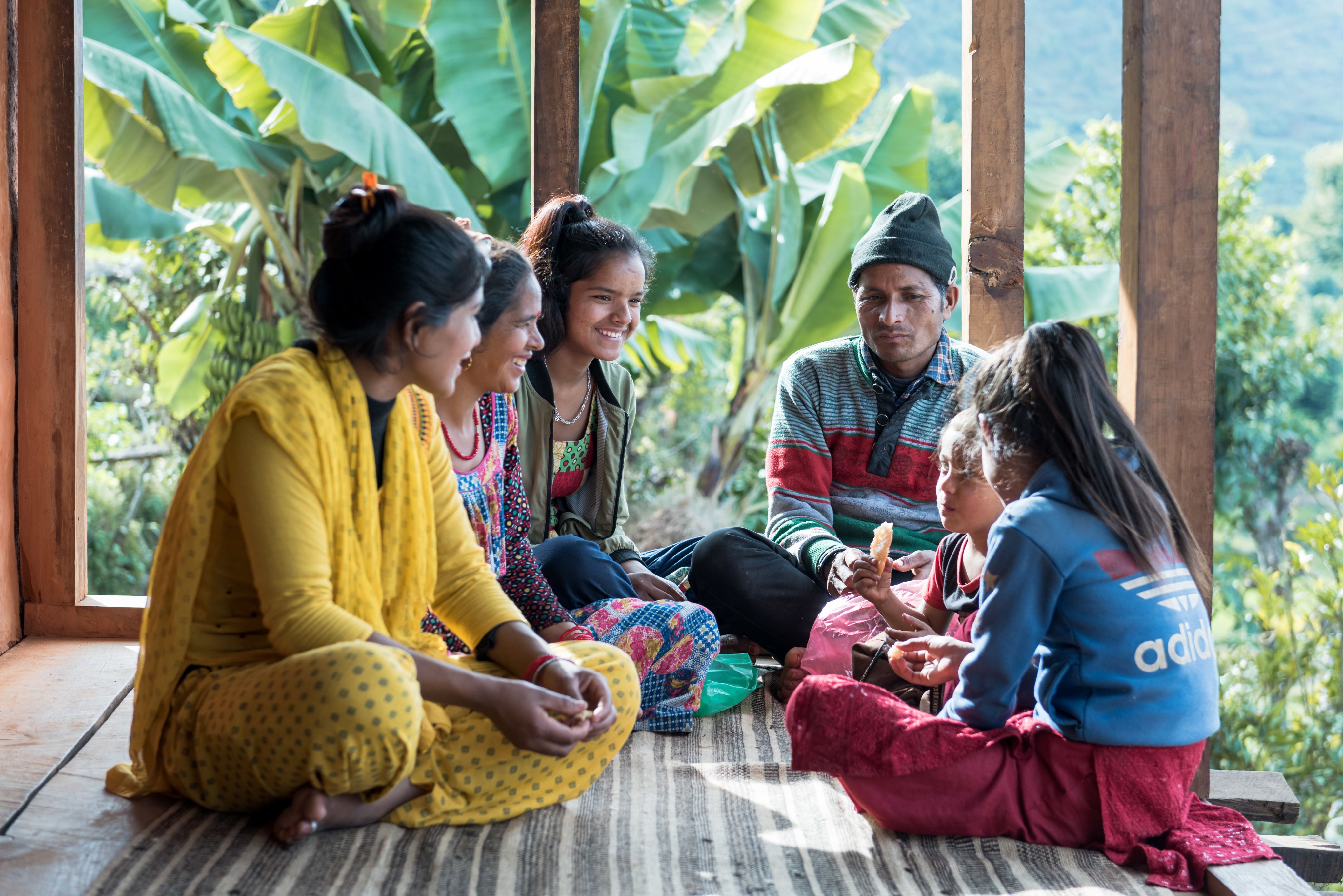
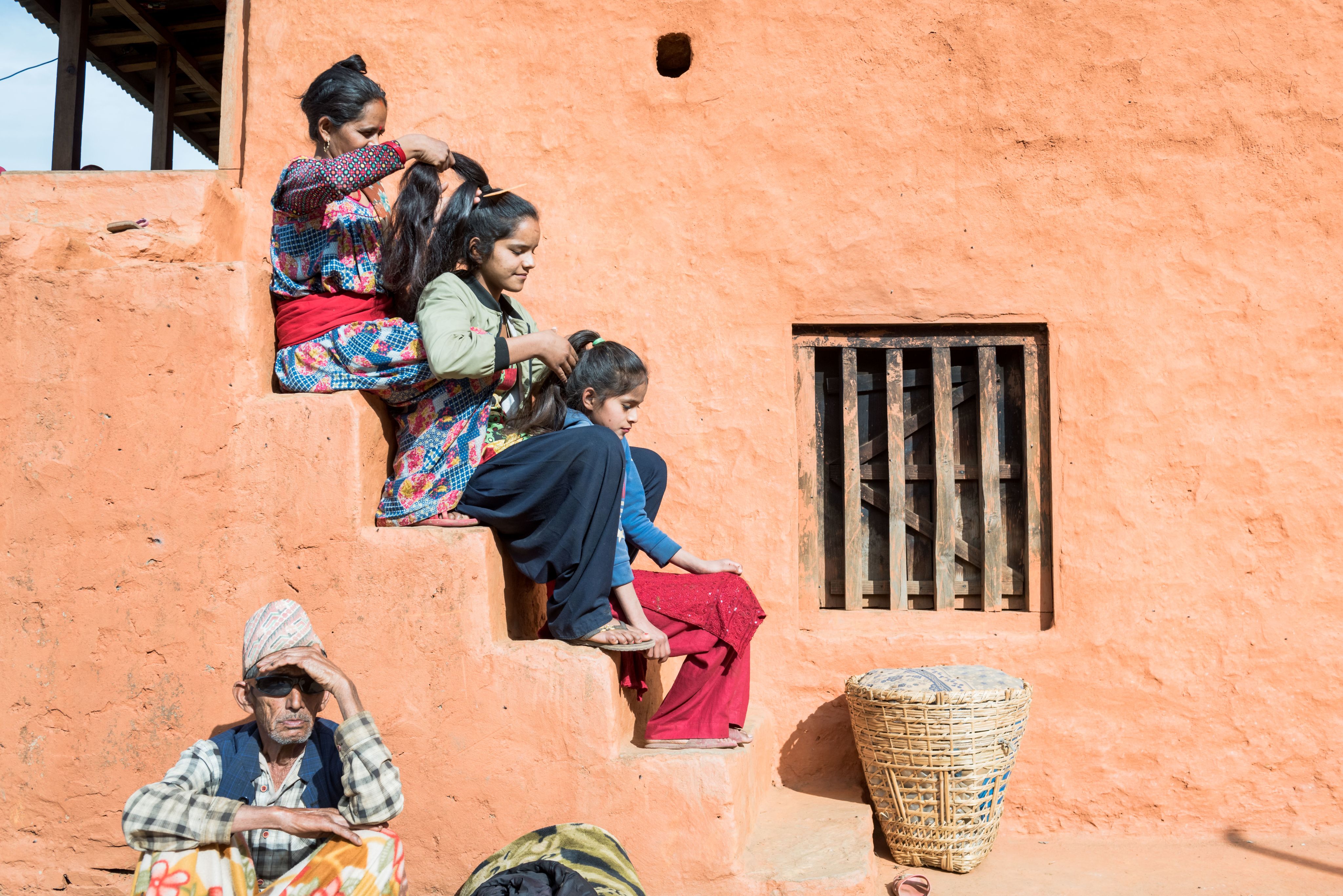
With special thanks to...
Save the Children Nepal
Franchesca Allen & Simon Edmunds of Save the Children UK
The European Journalism Centre
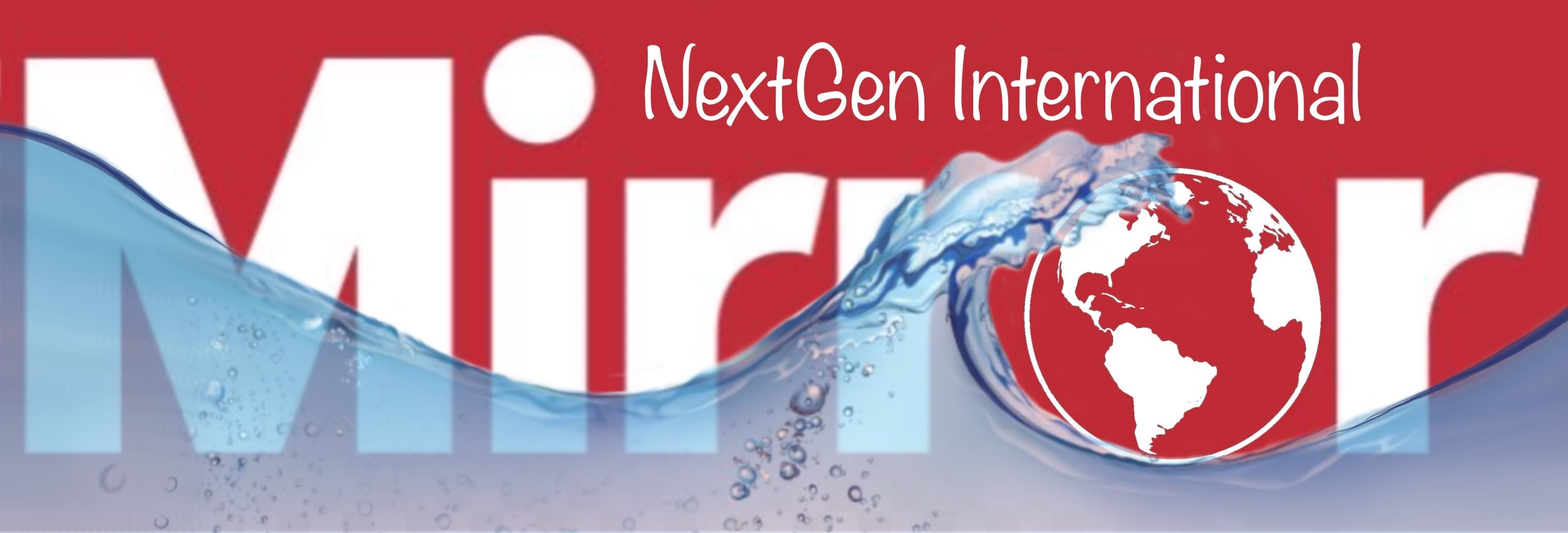
Logo by Amy Kelly-Miller
Logo by Amy Kelly-Miller
Project lead - Rhian Lubin
Assisted by Helen Packer
Shorthand story created by Rhian Lubin

